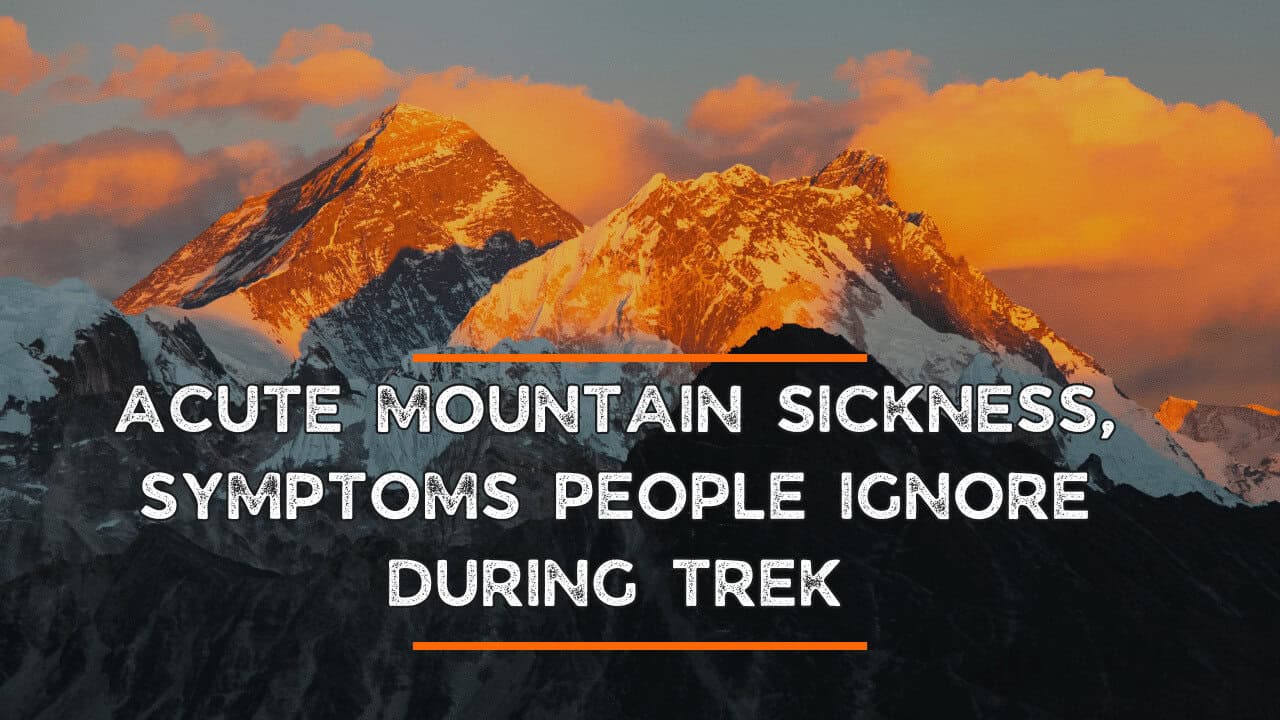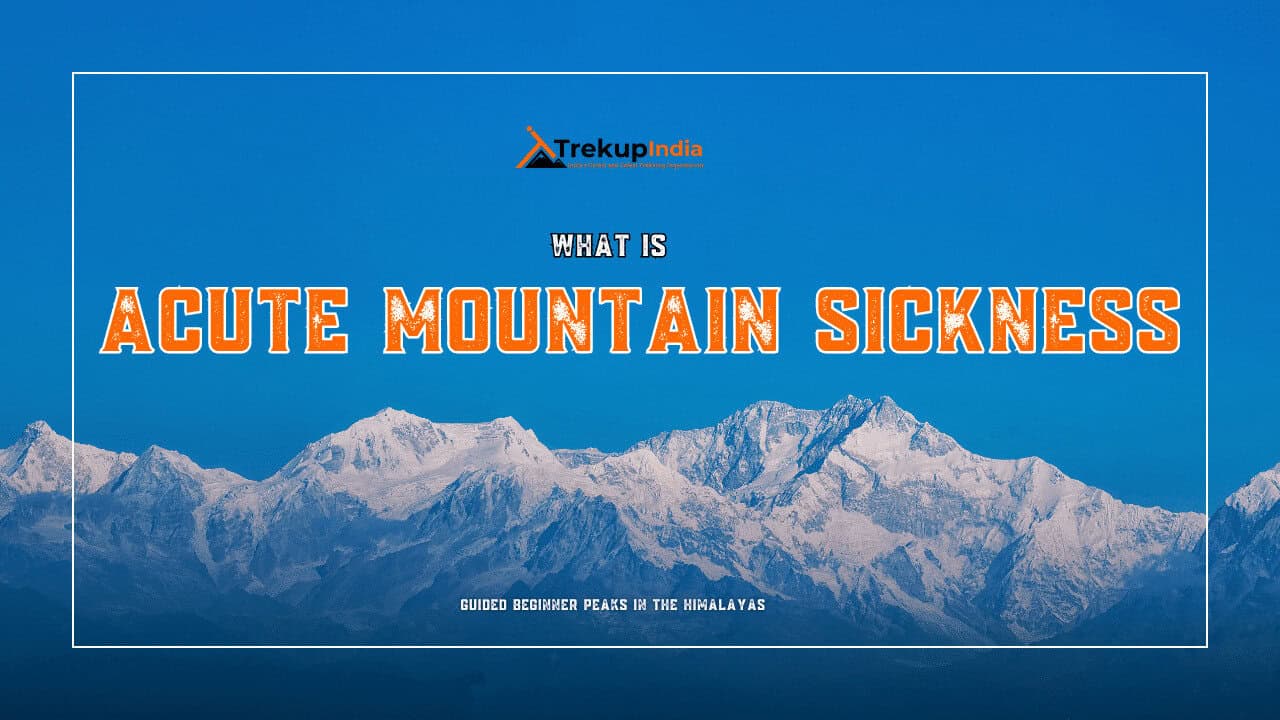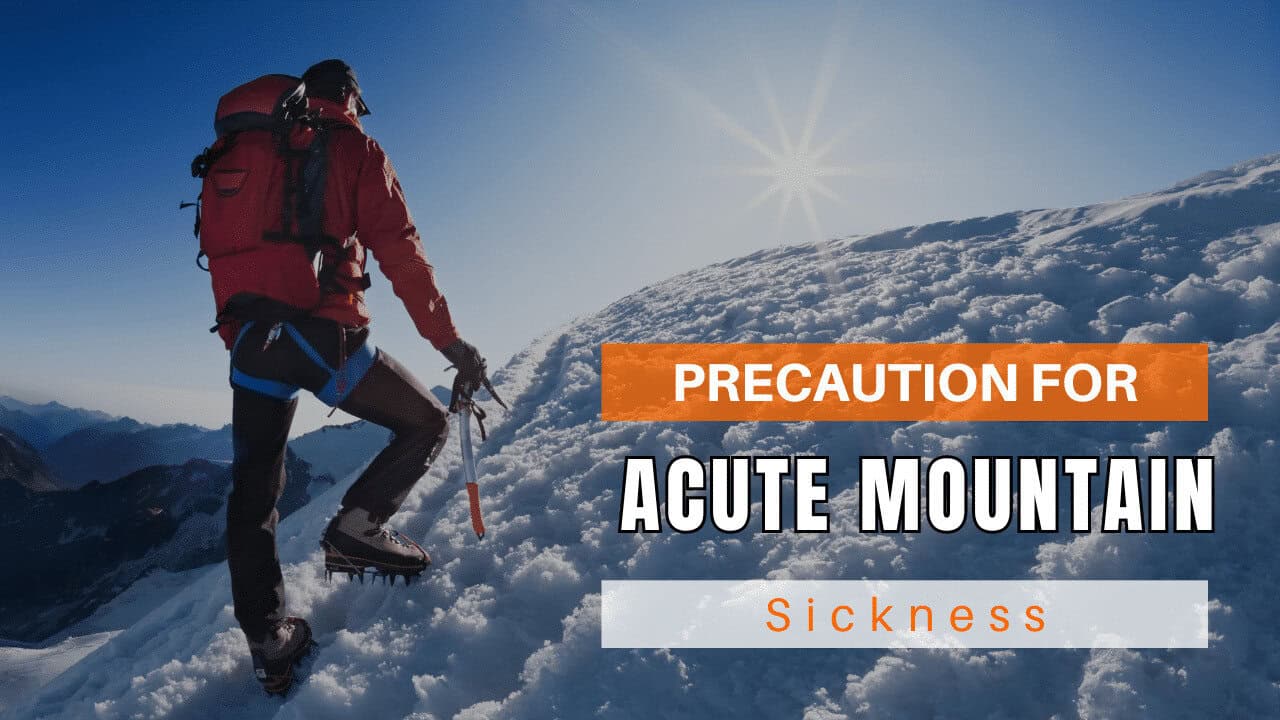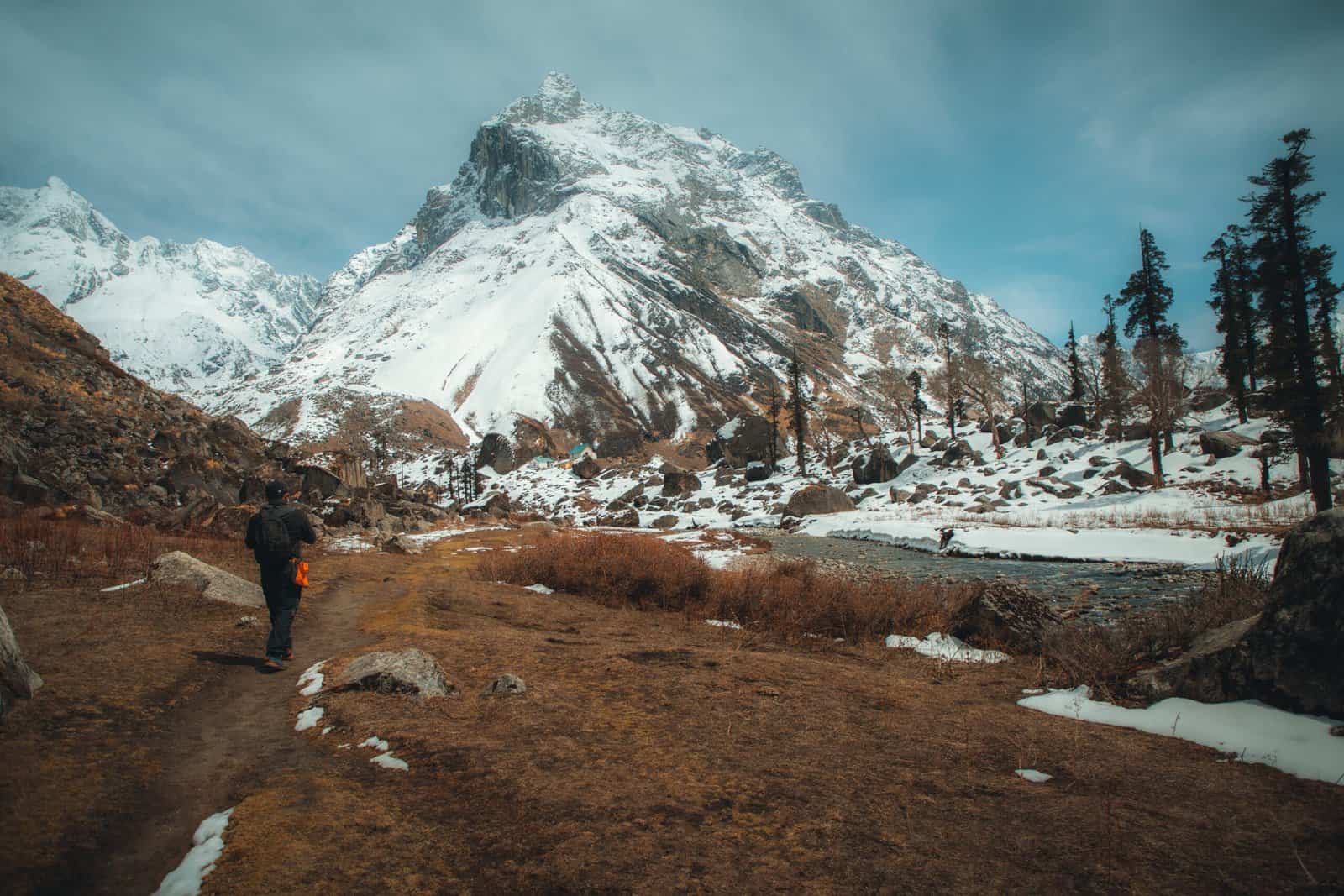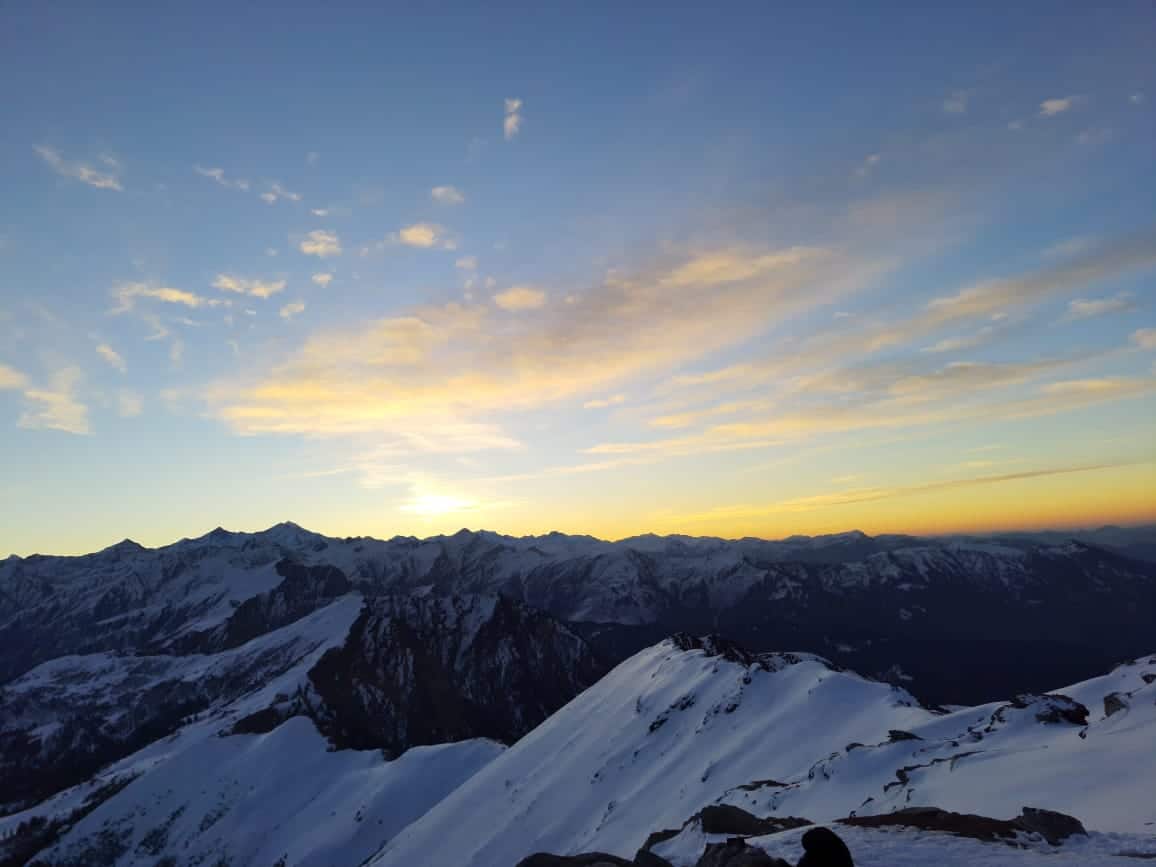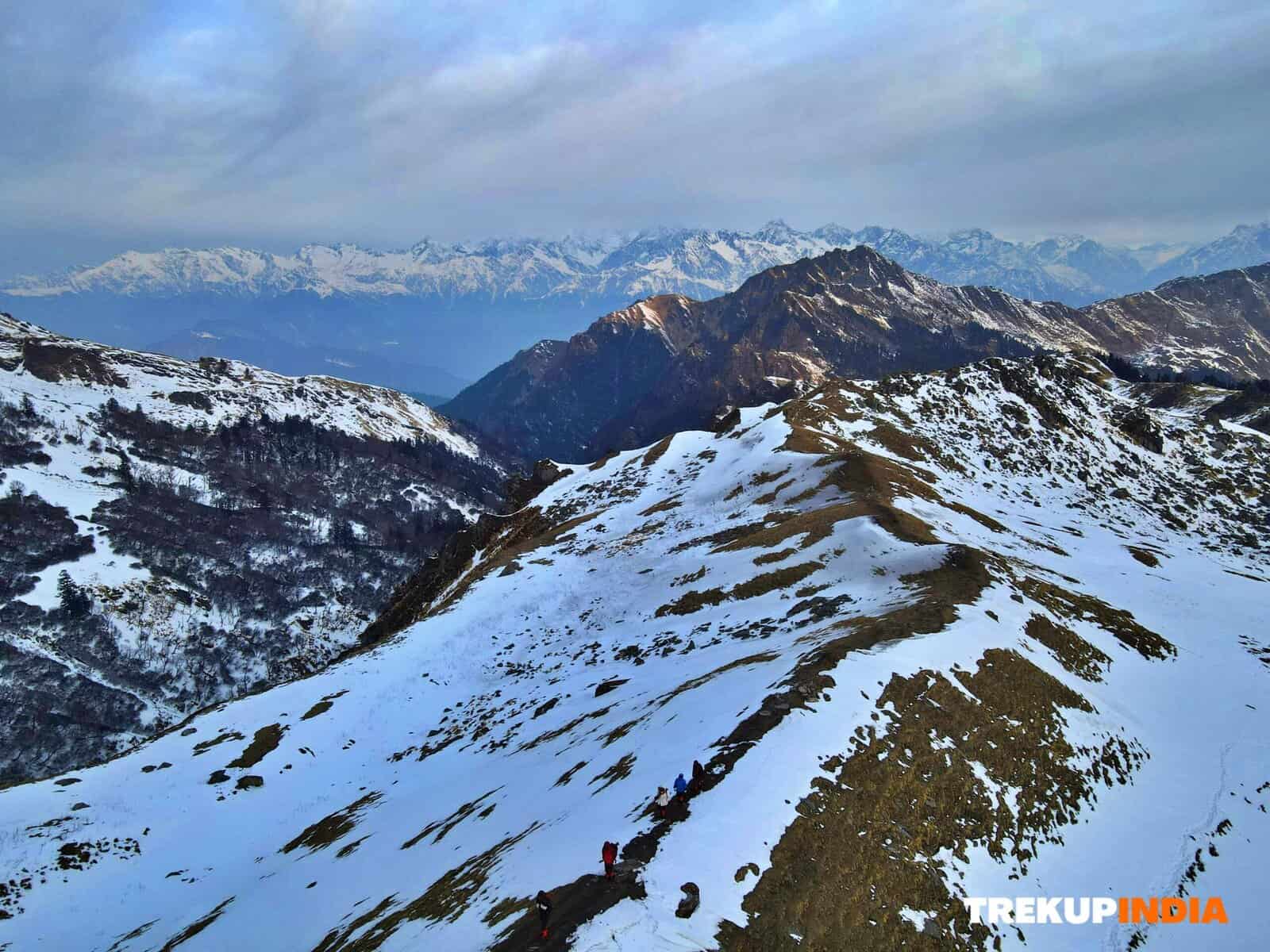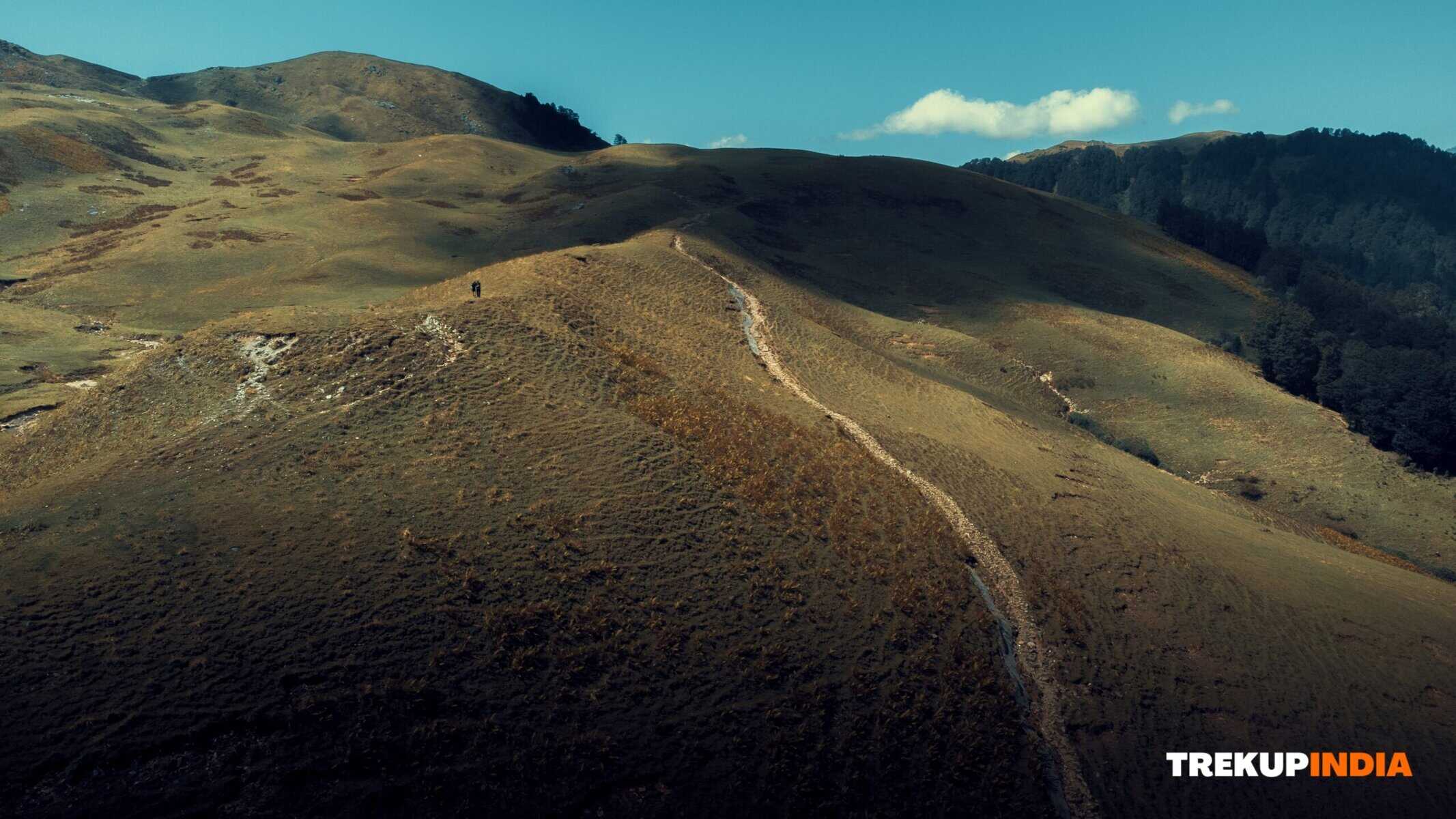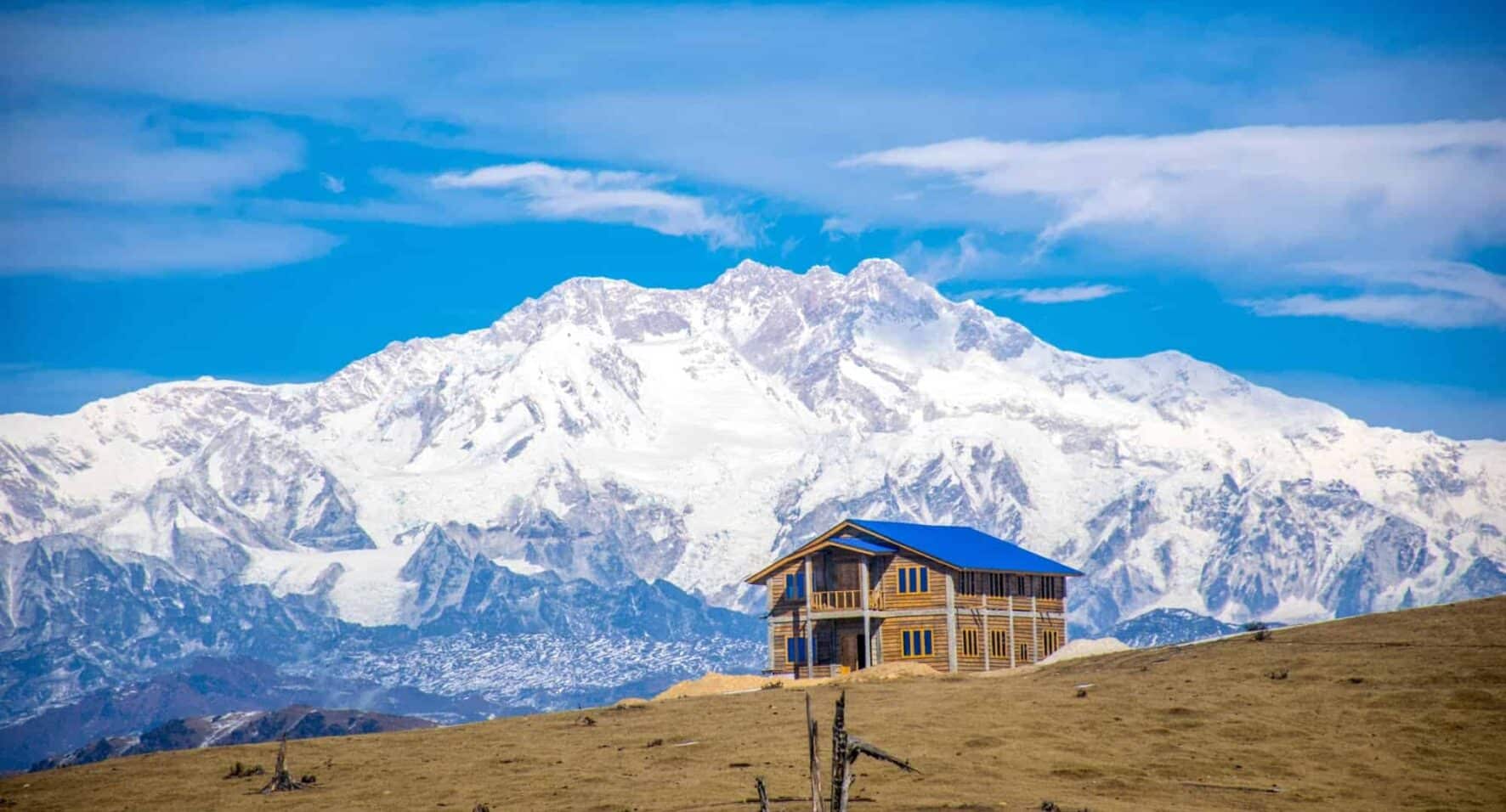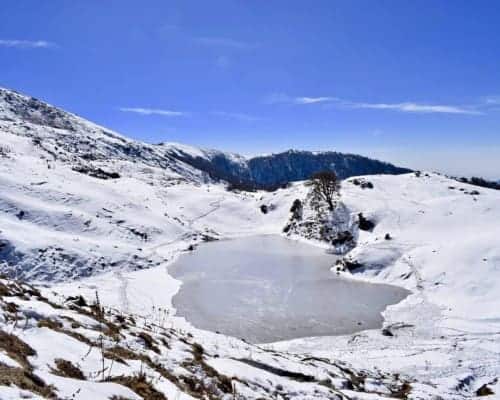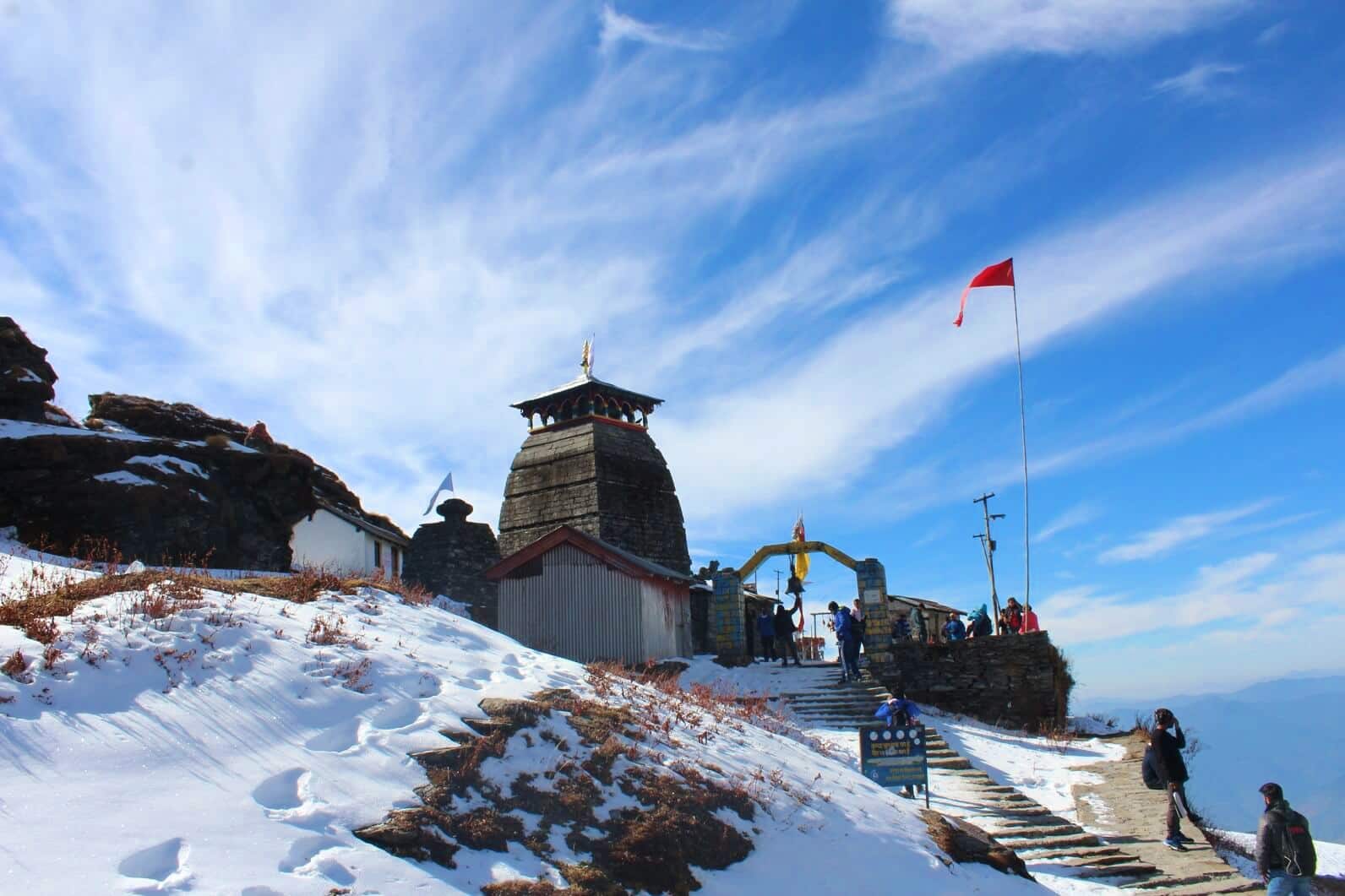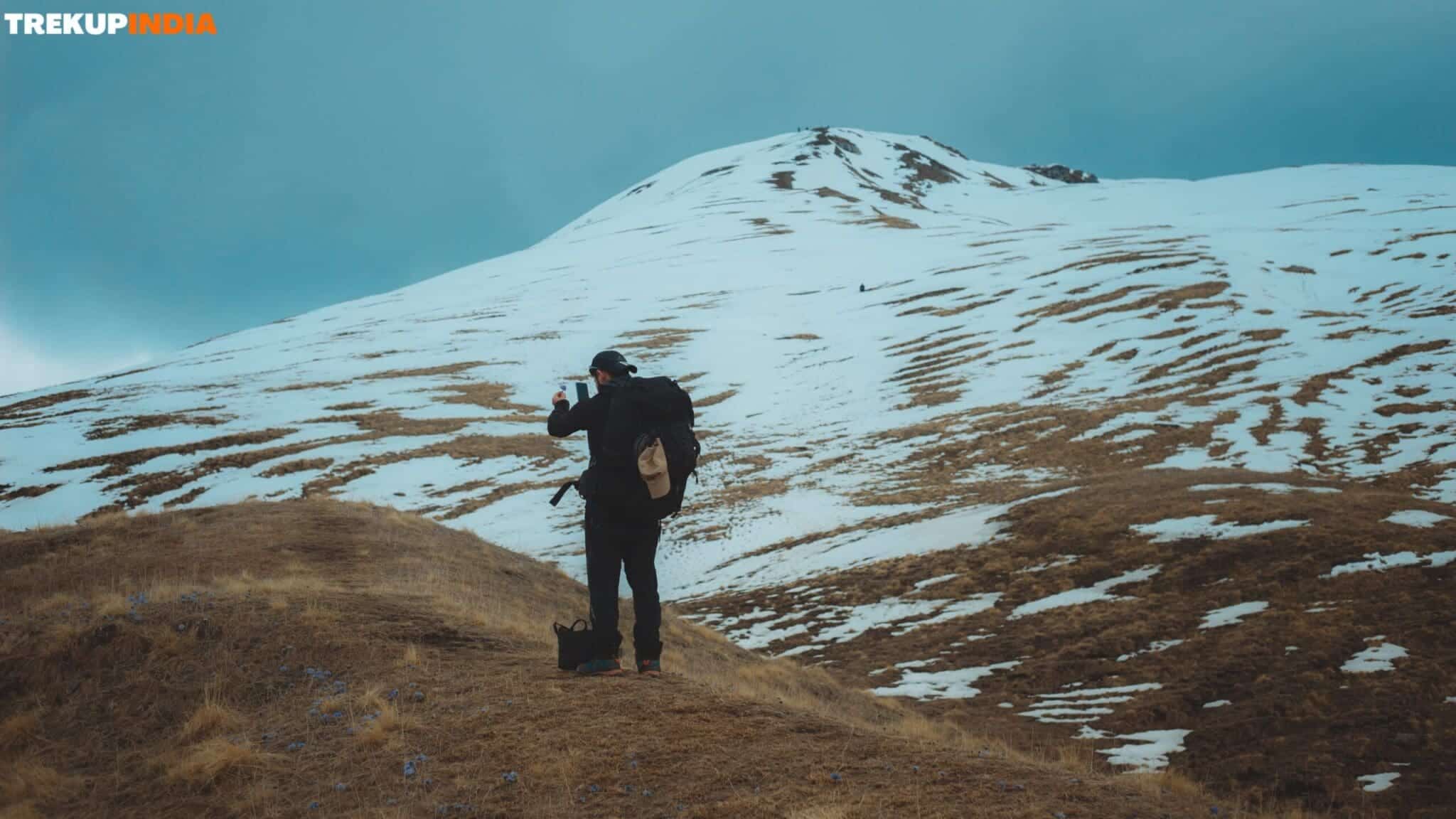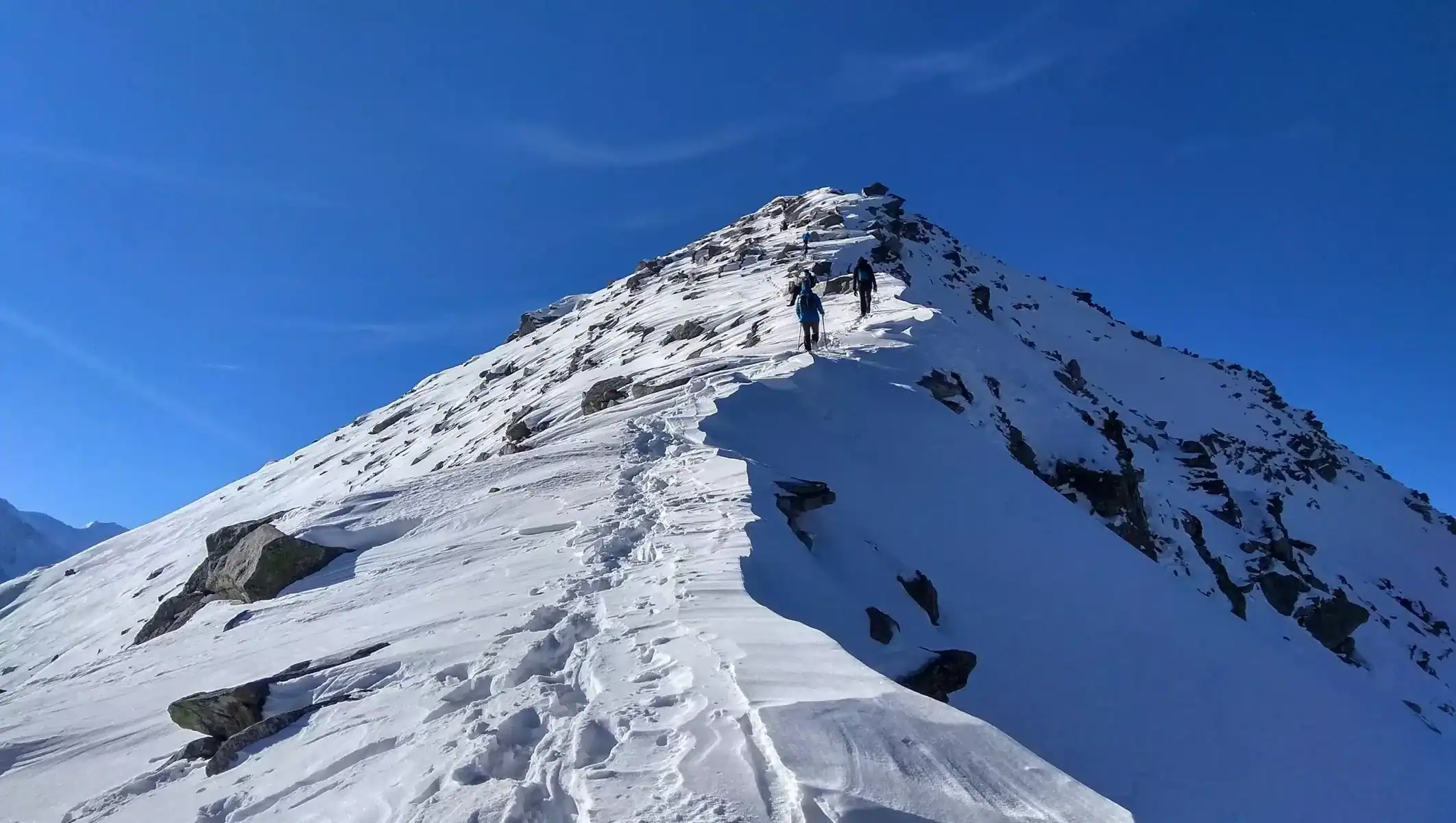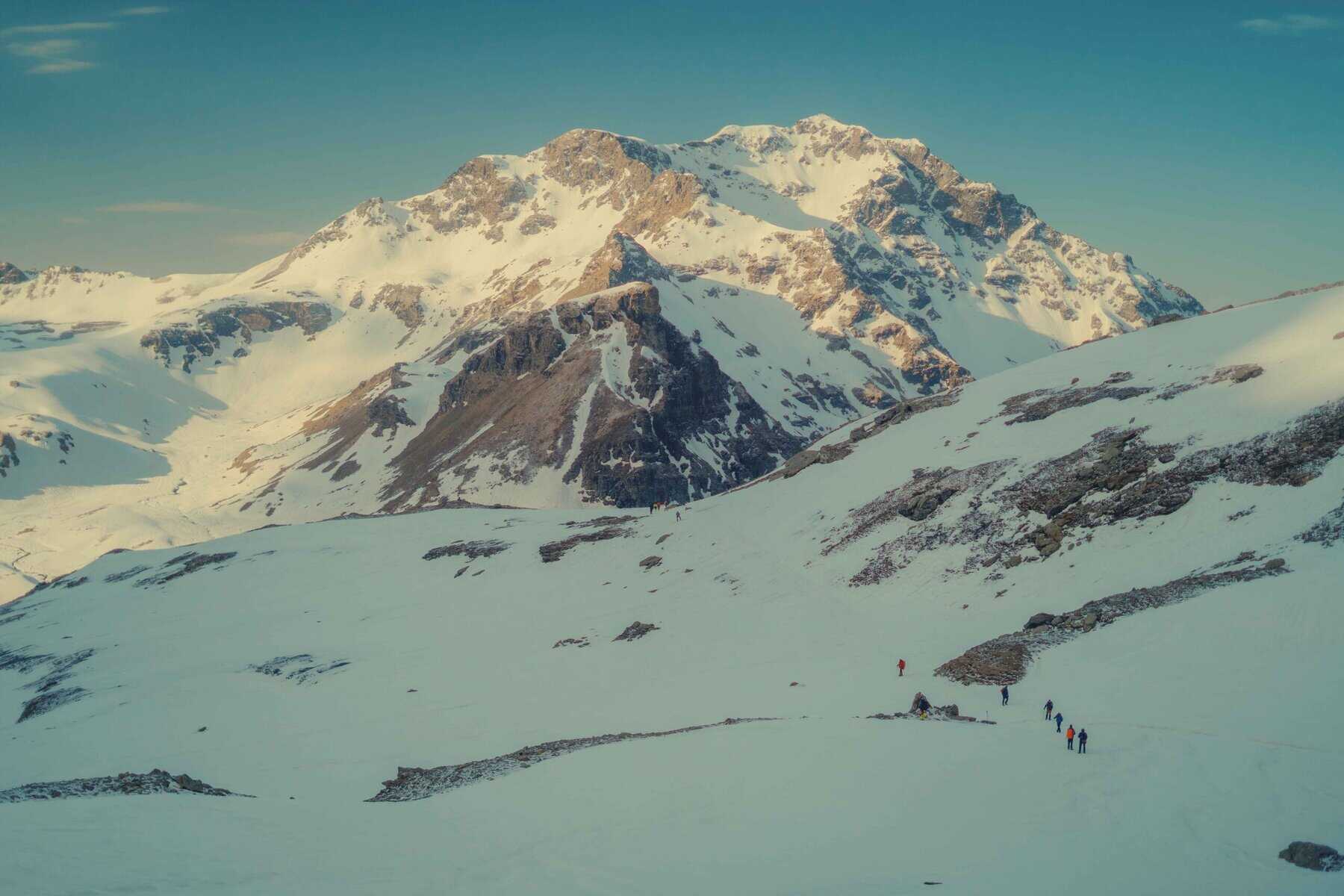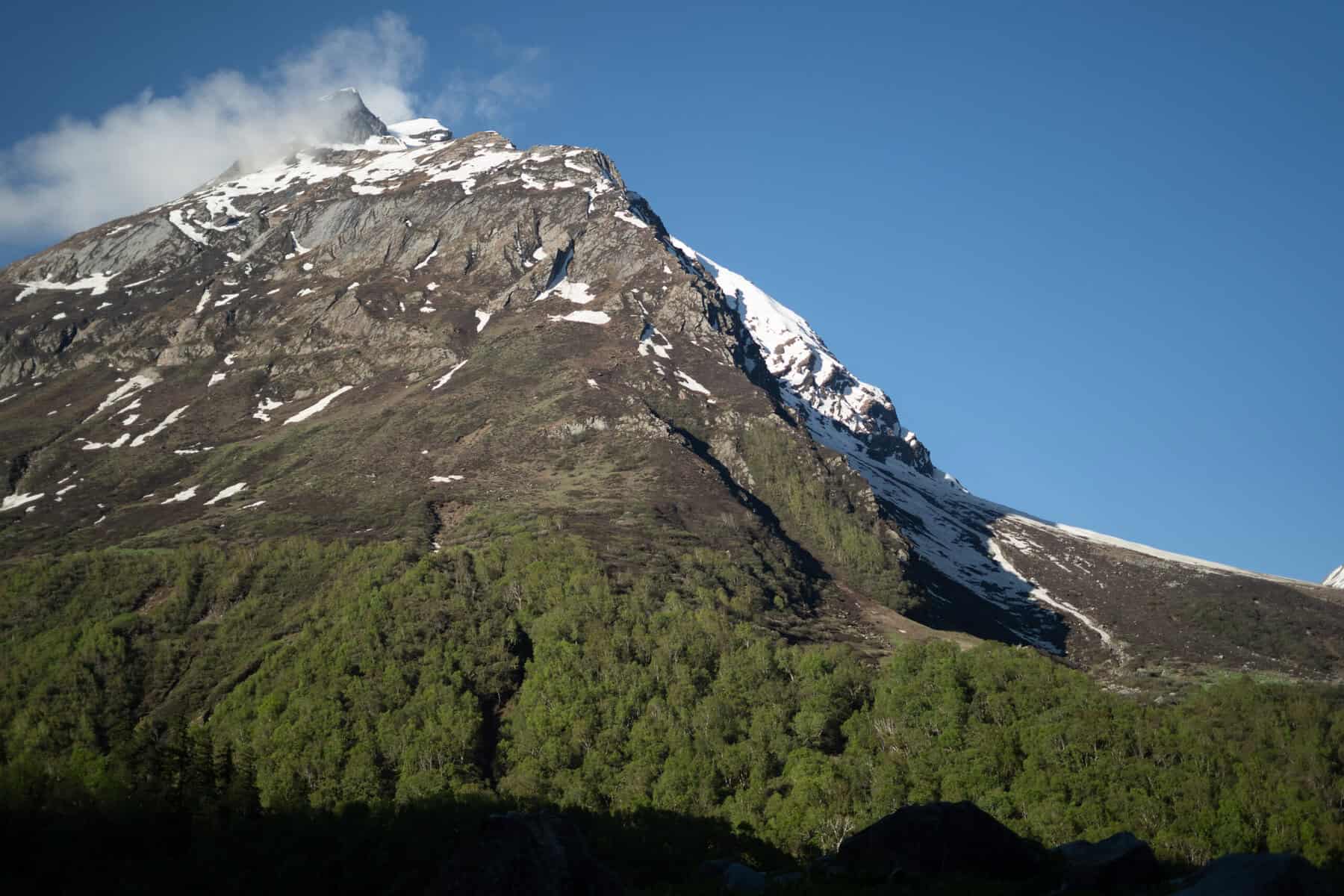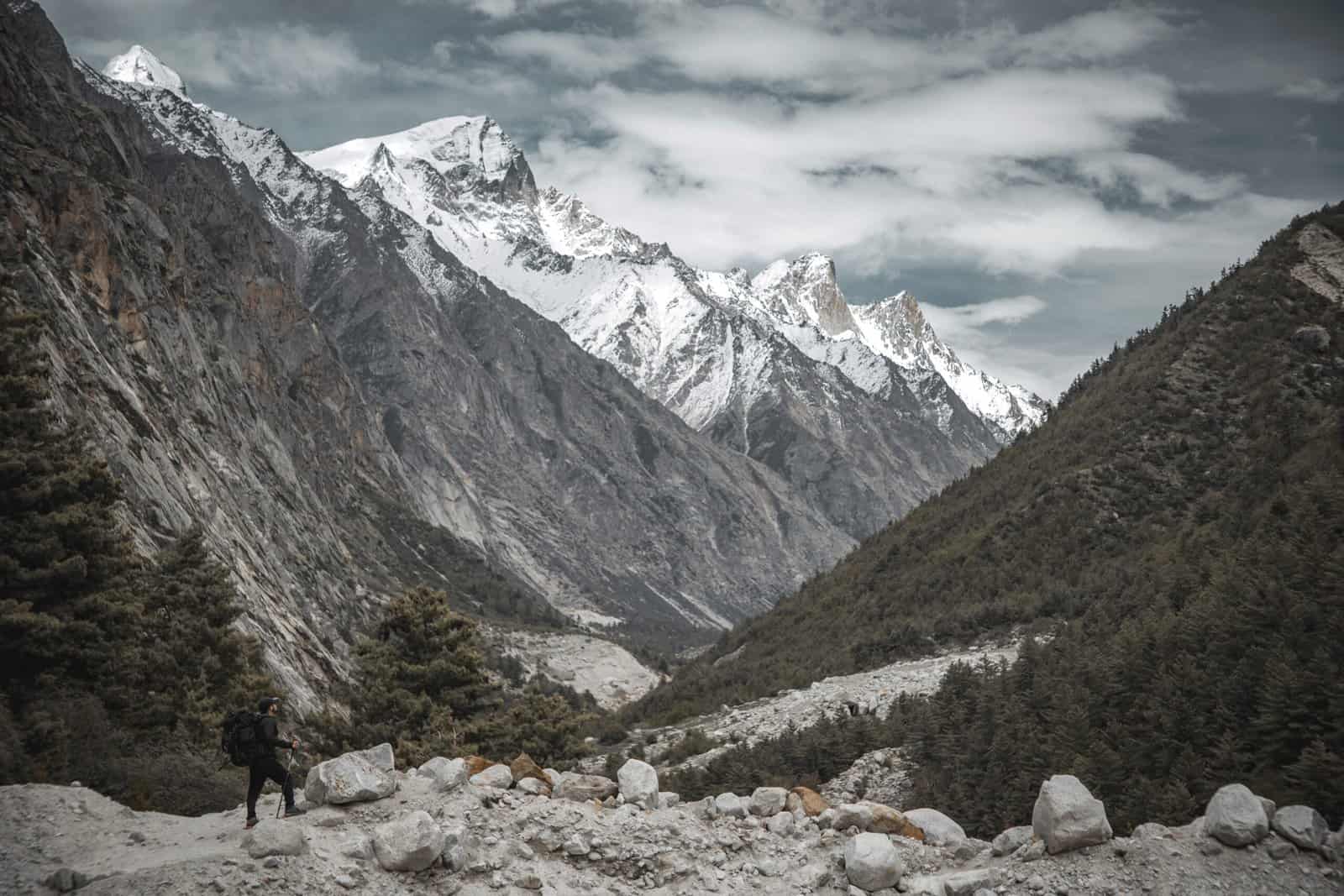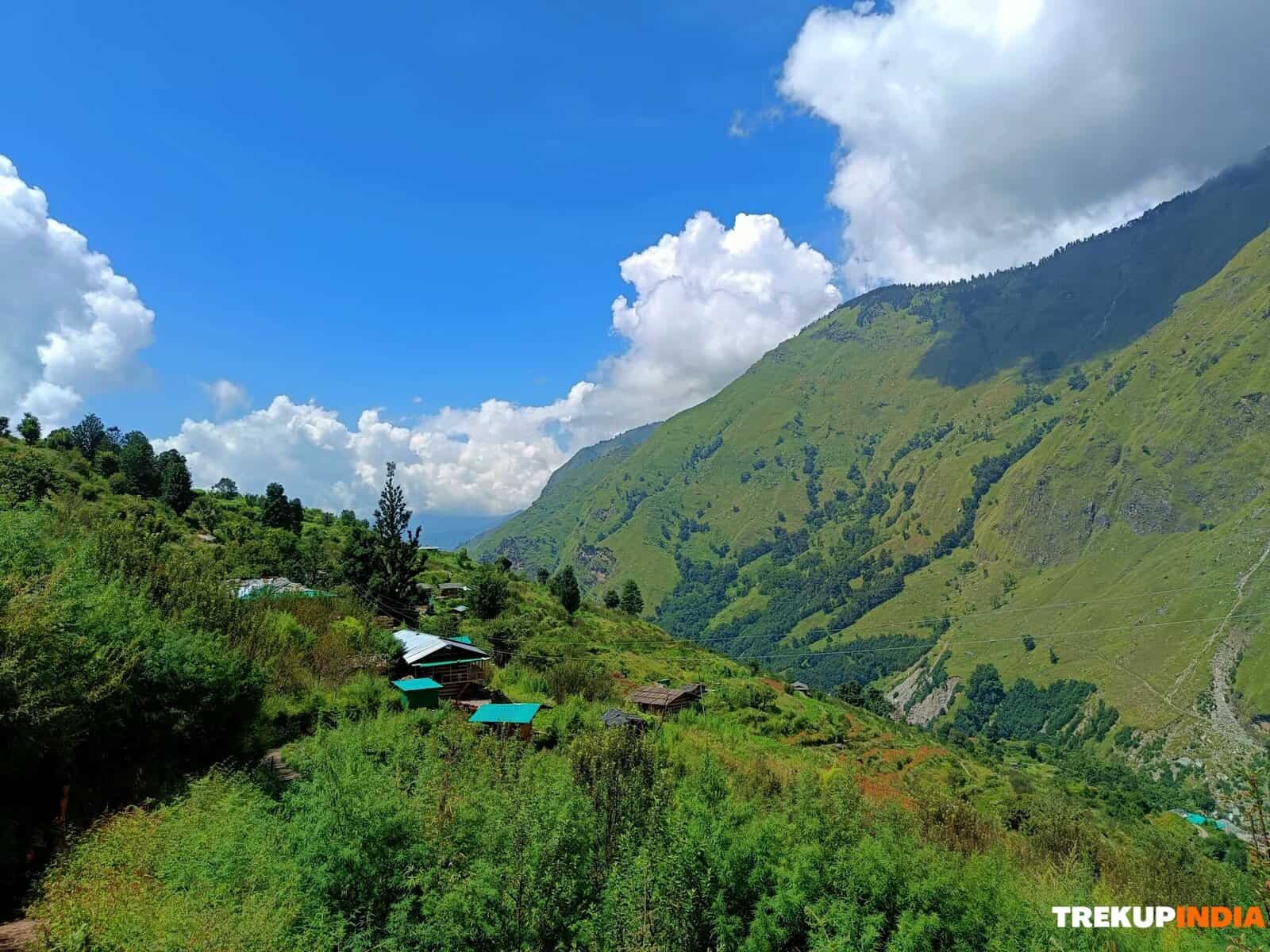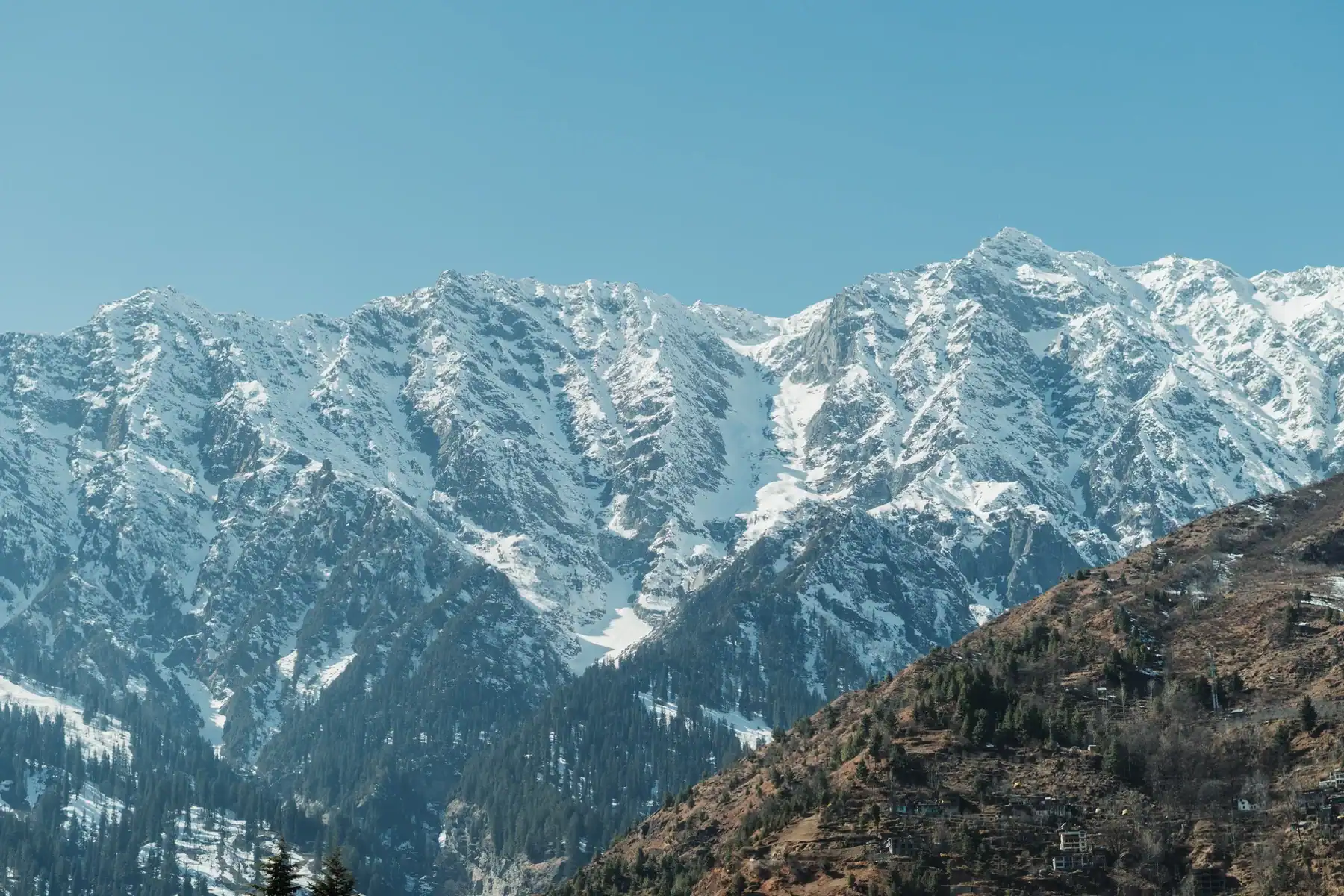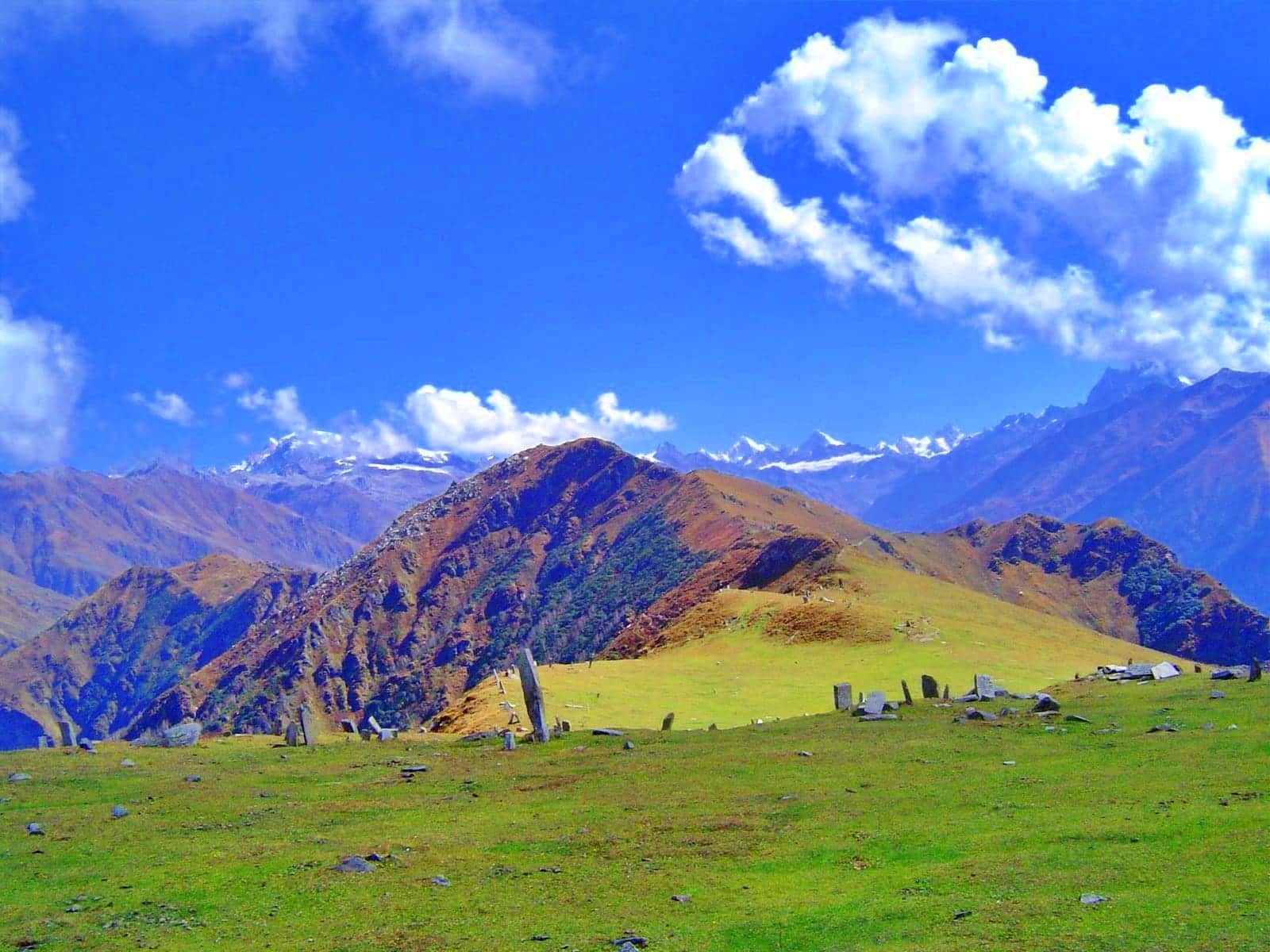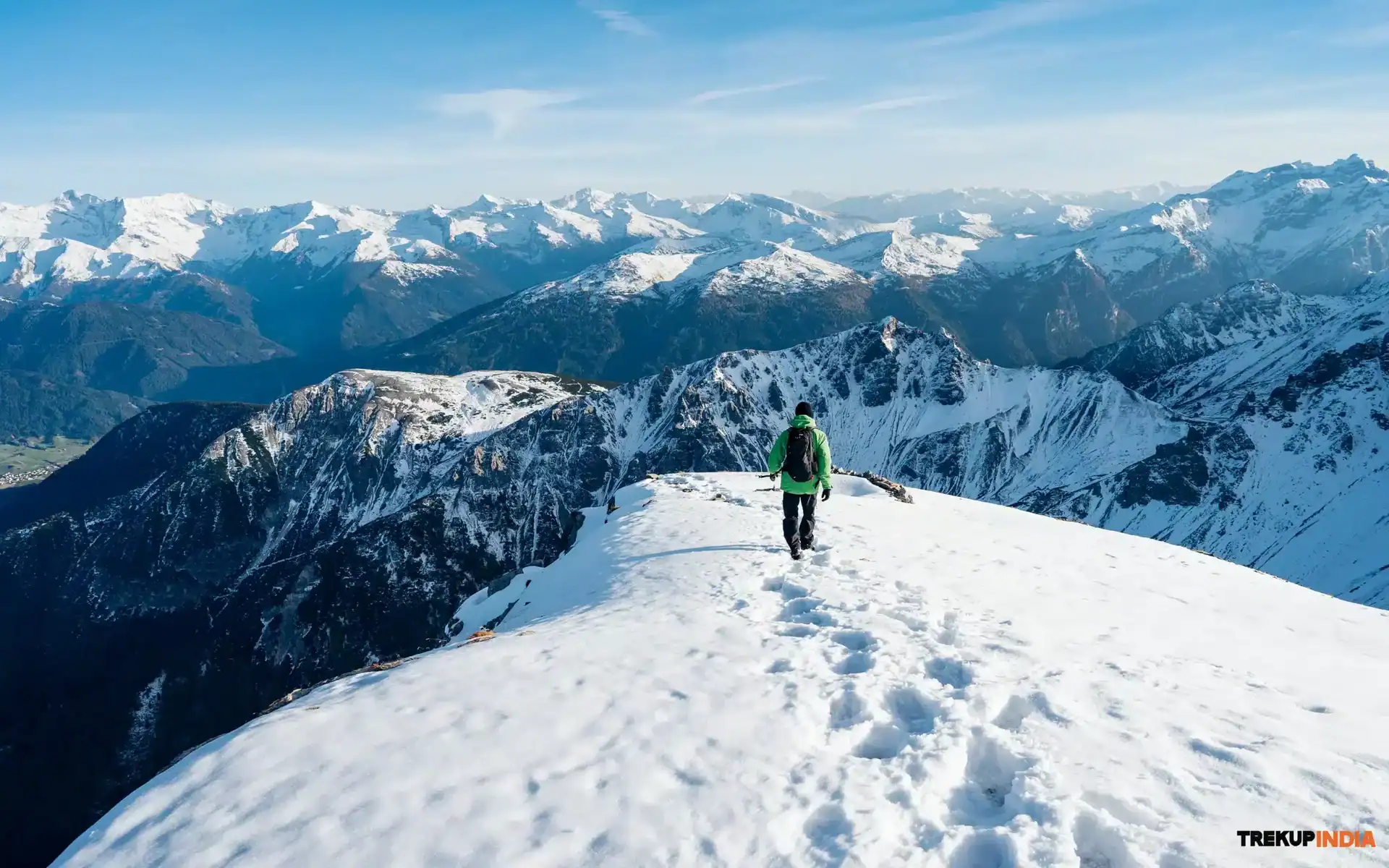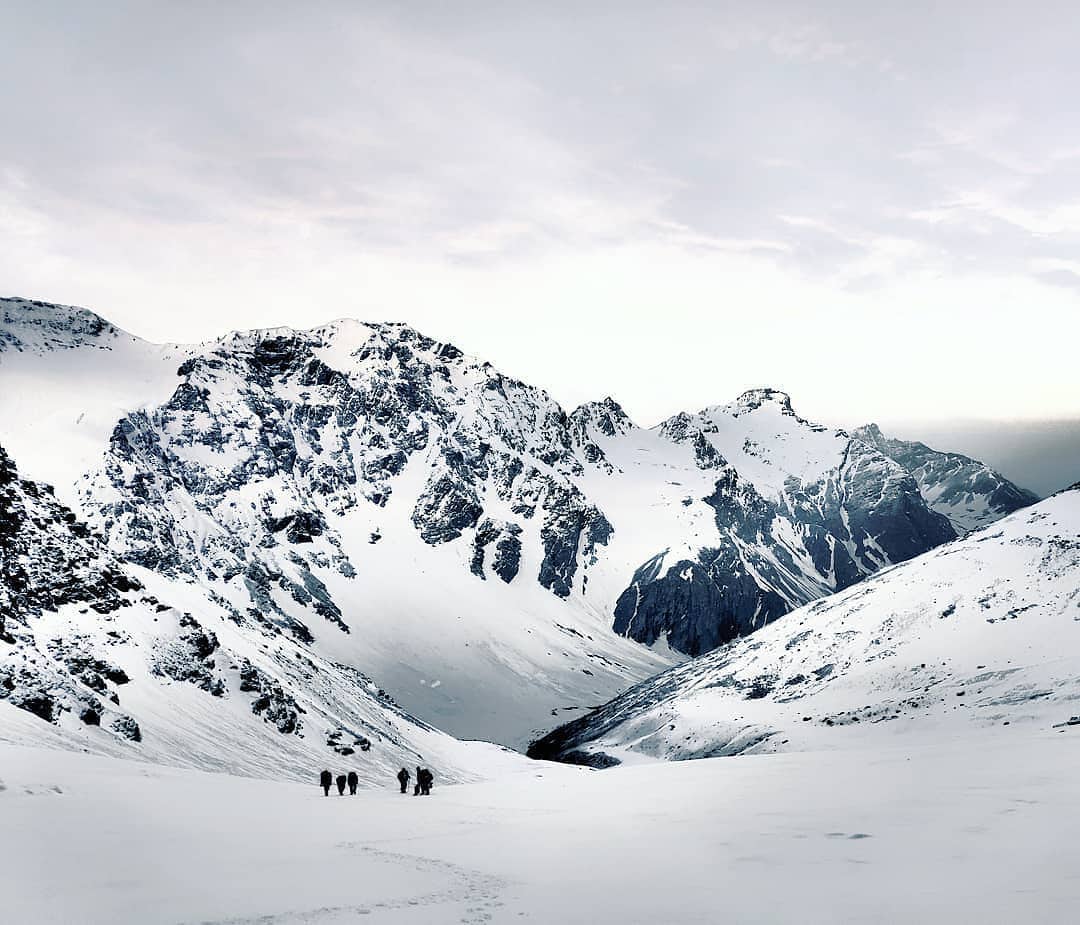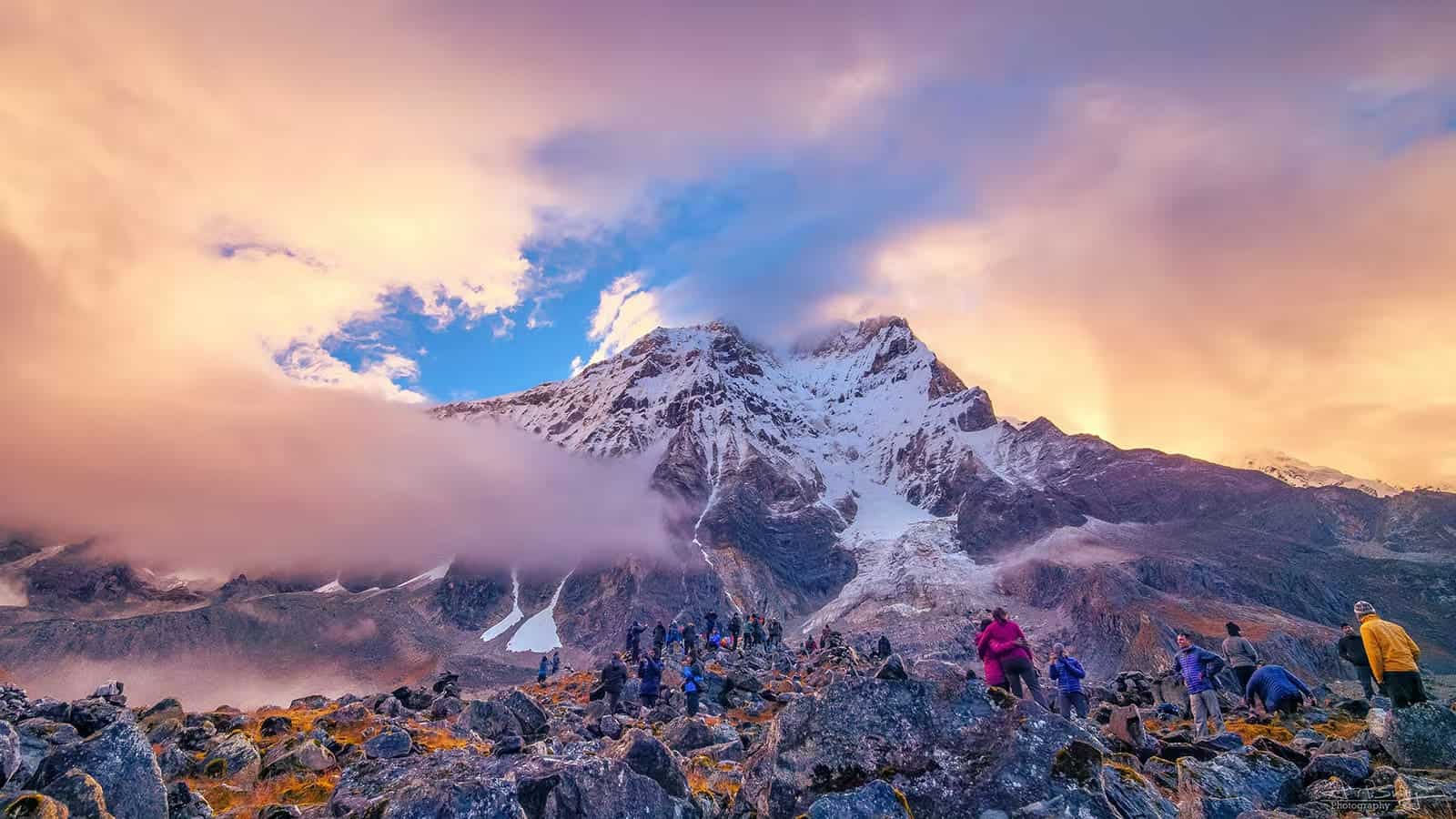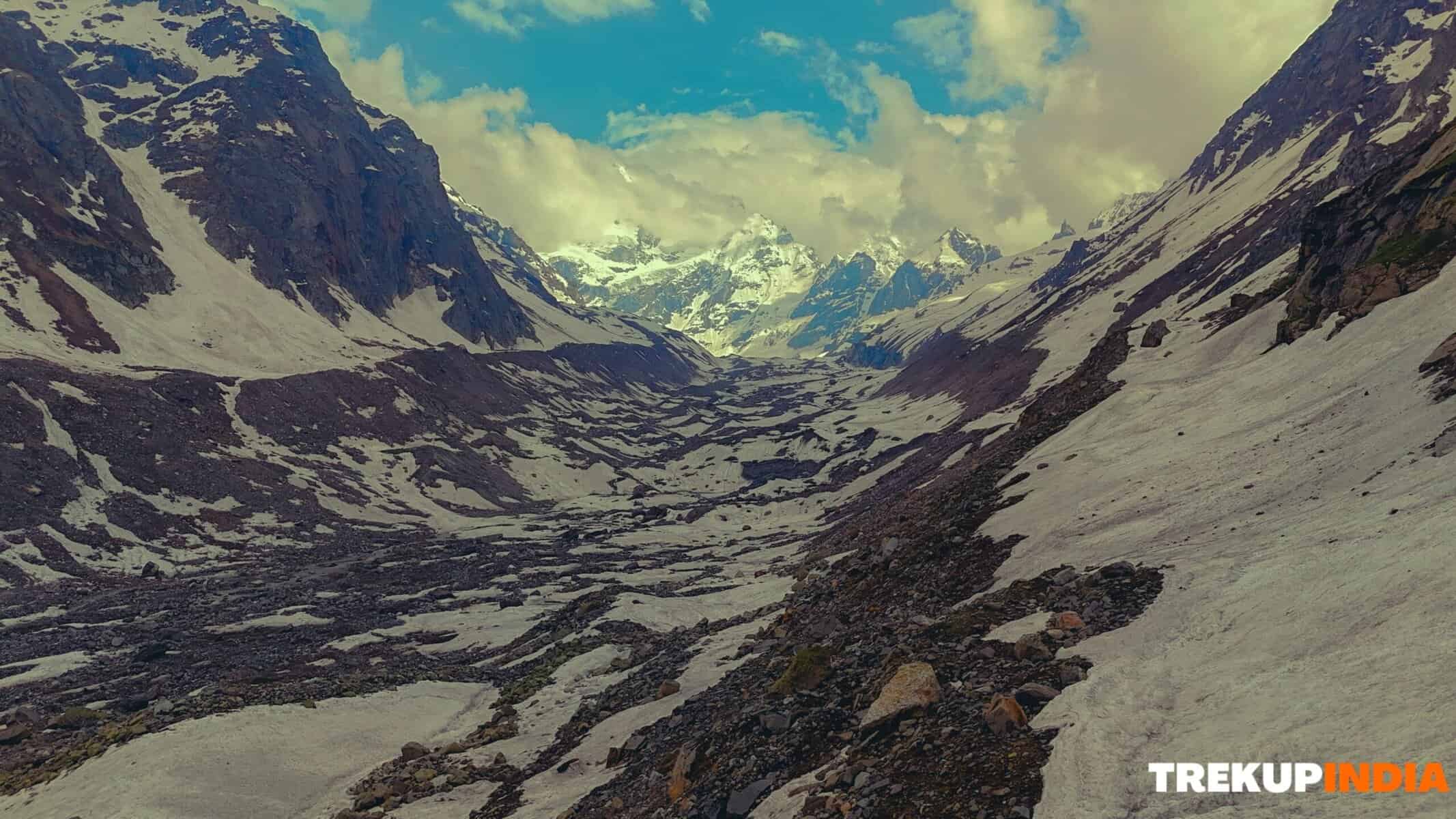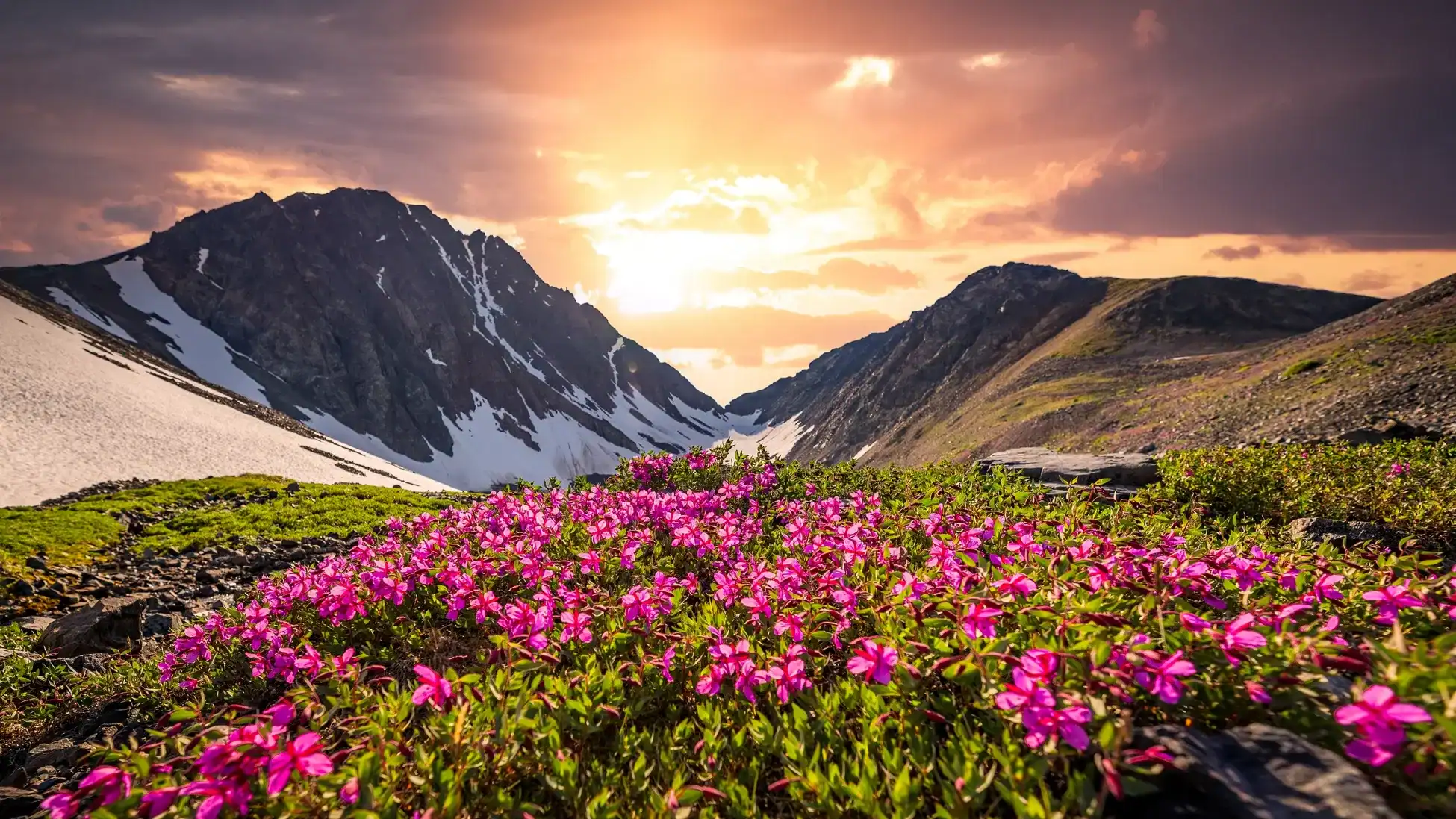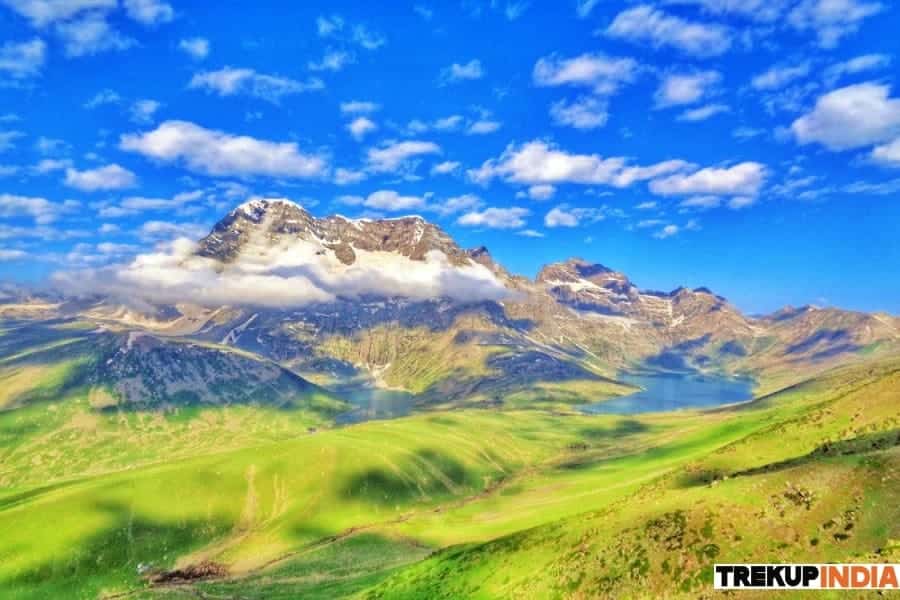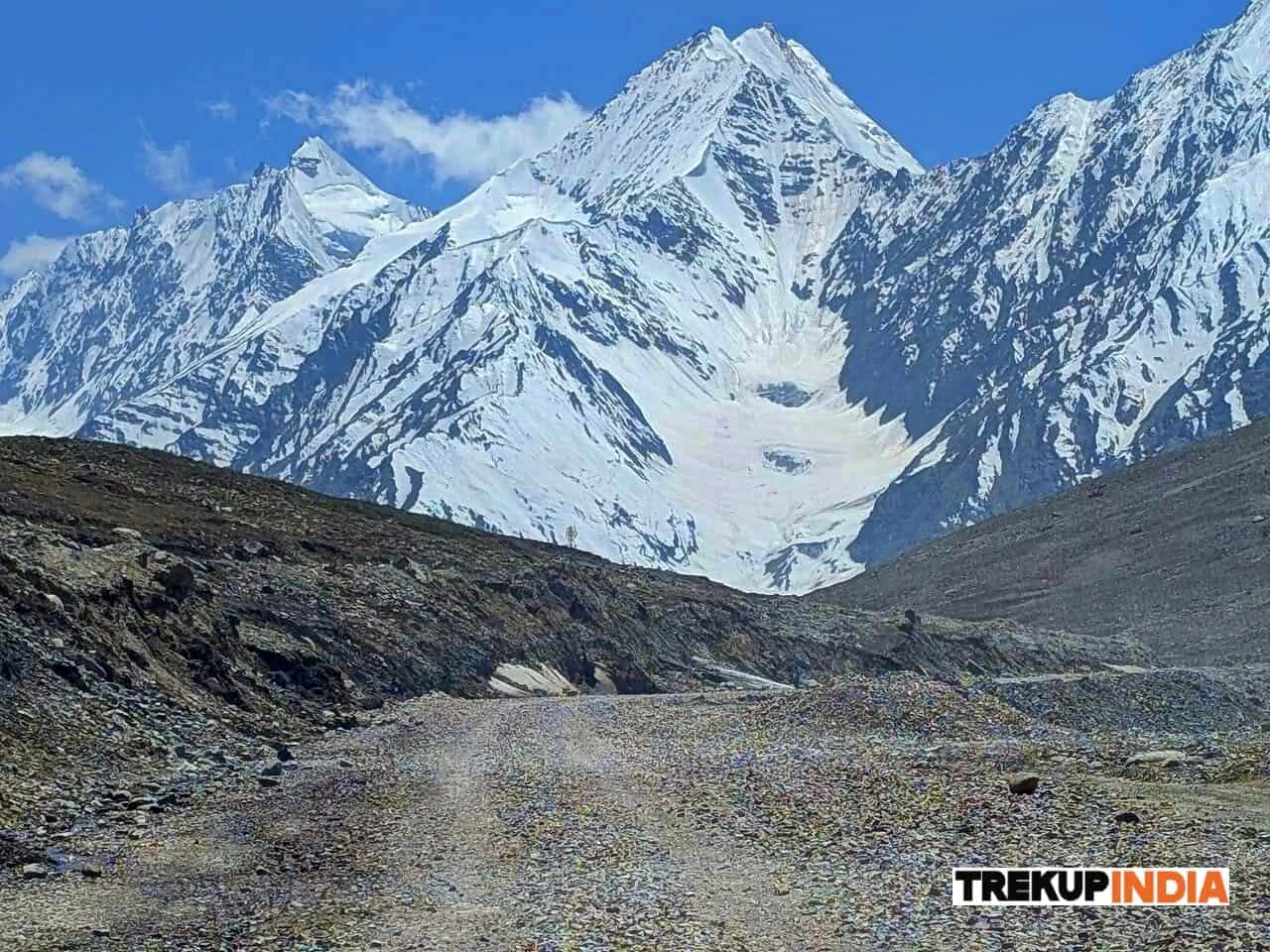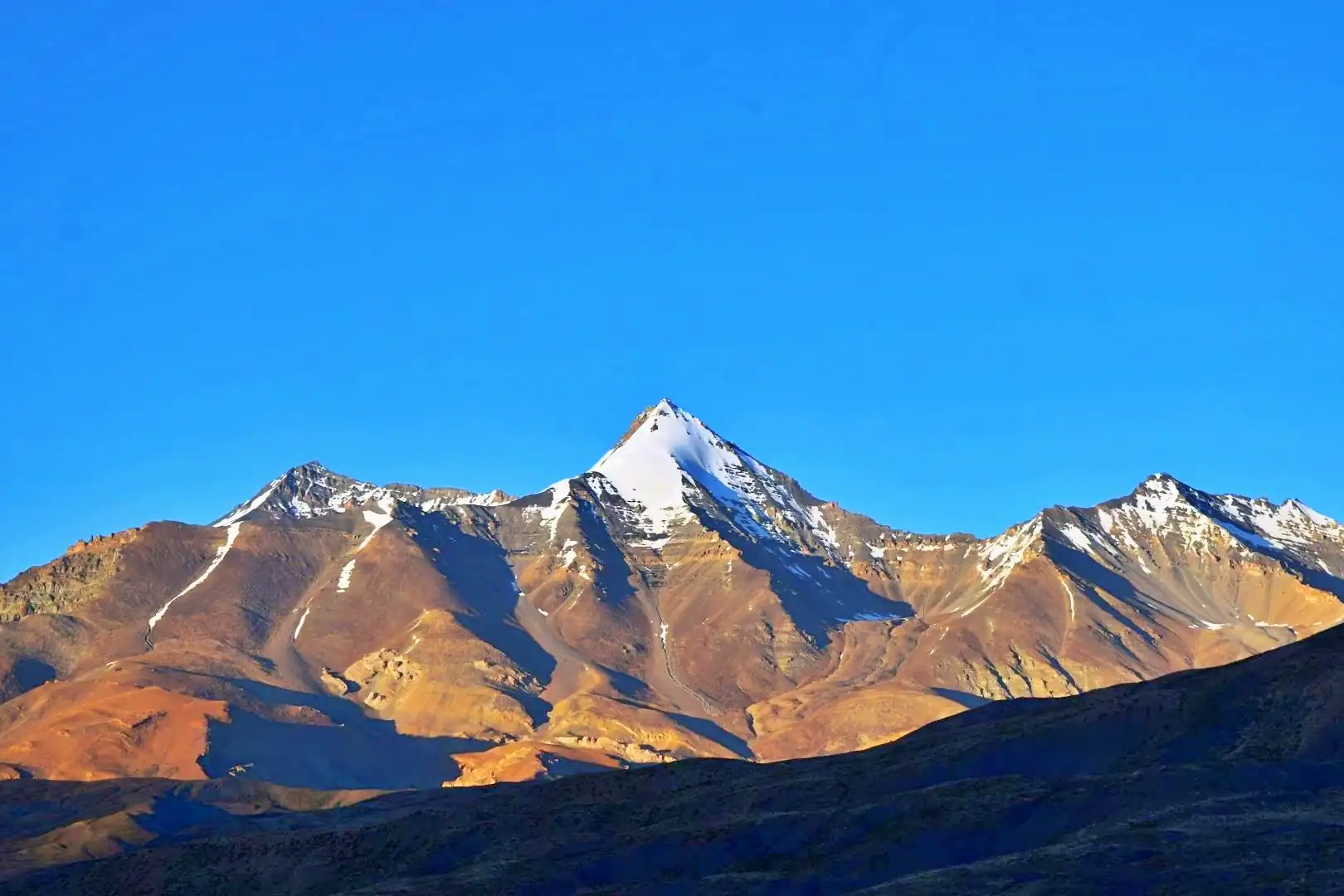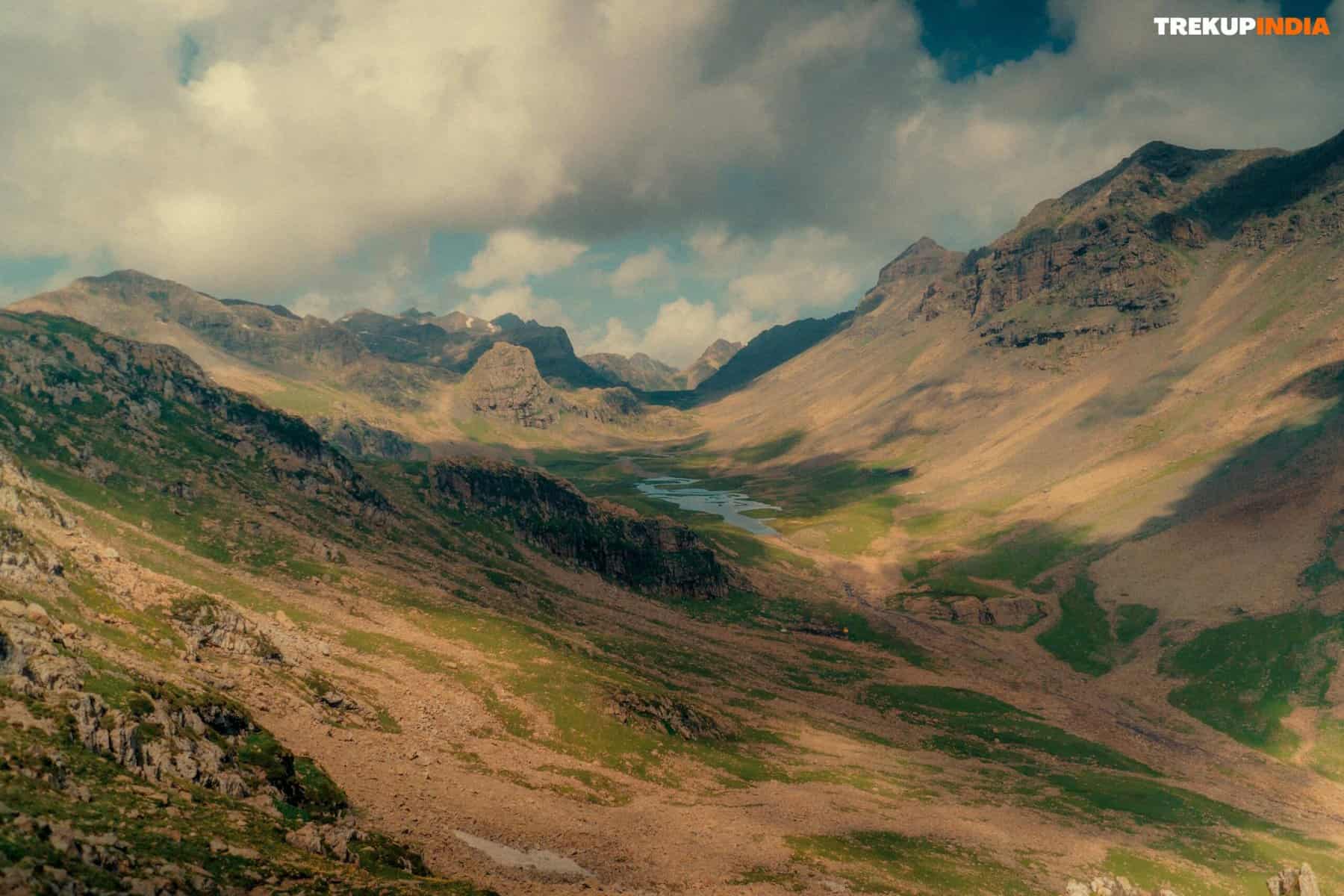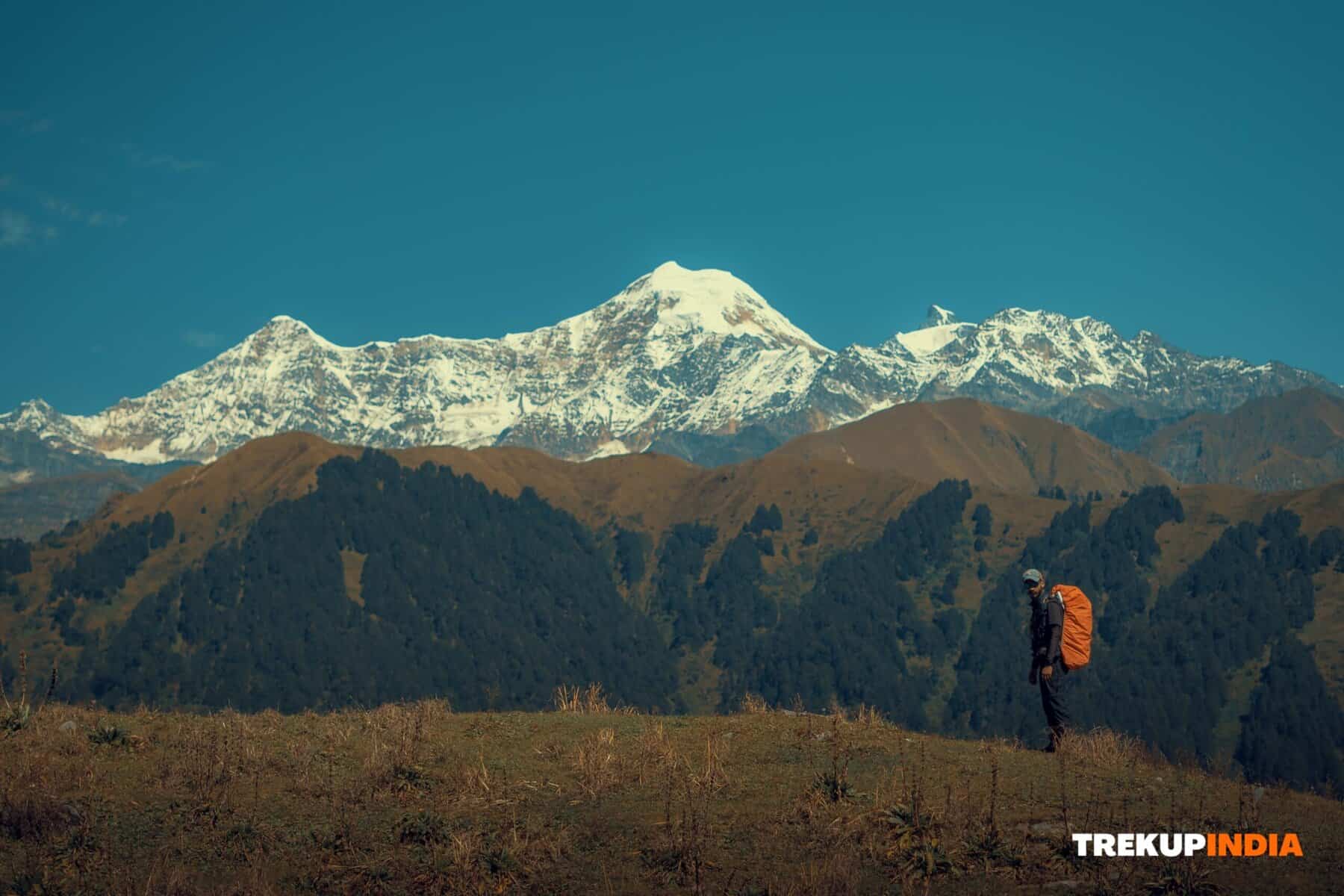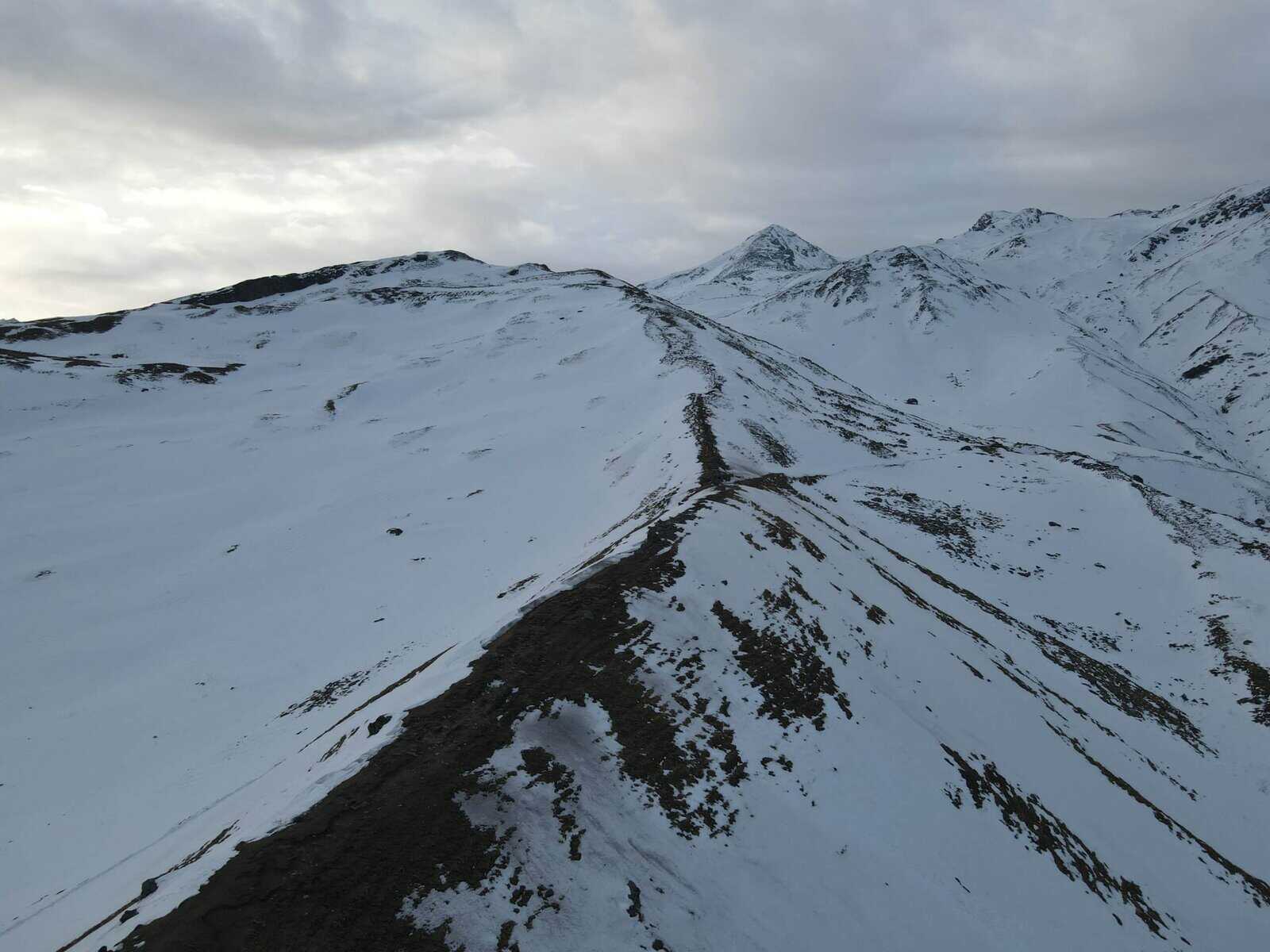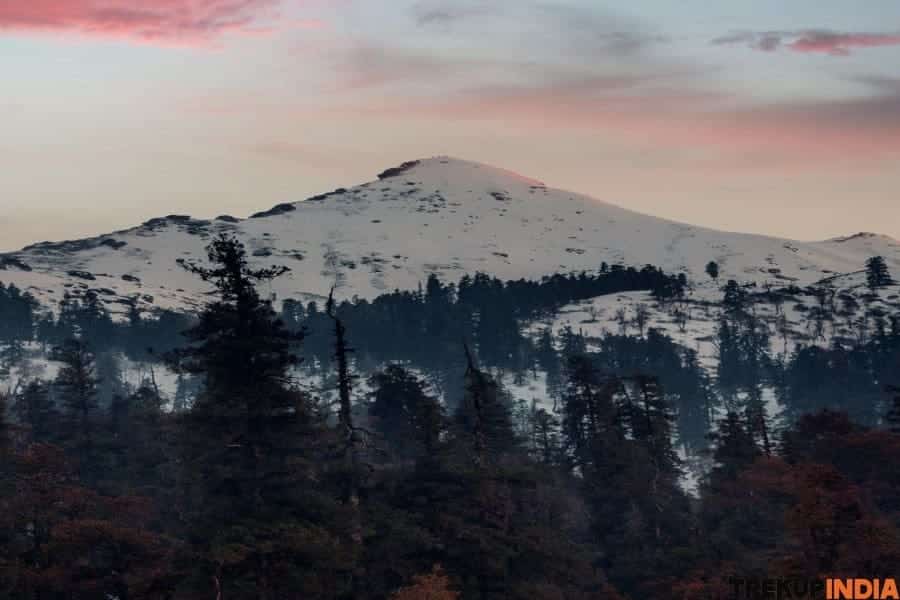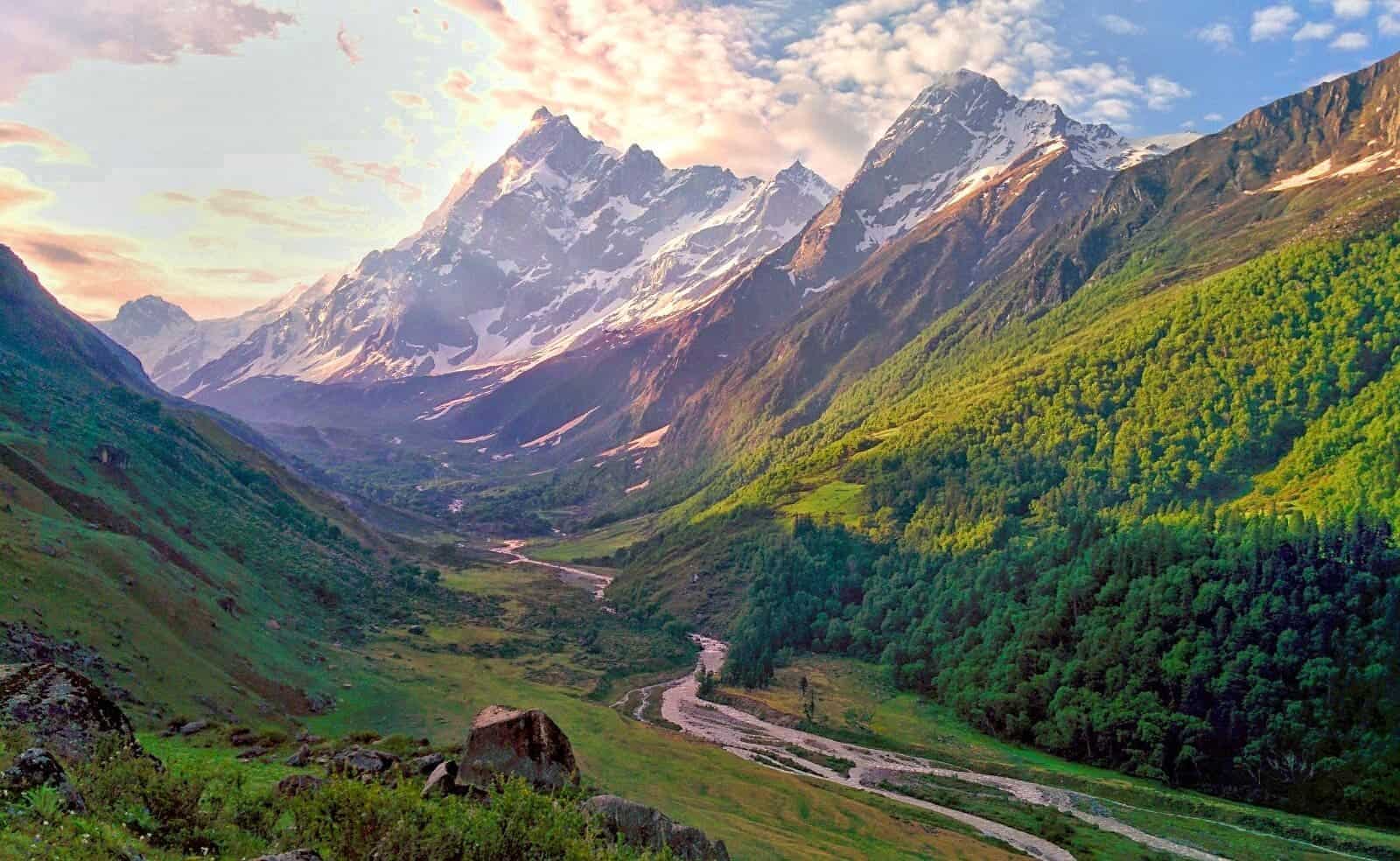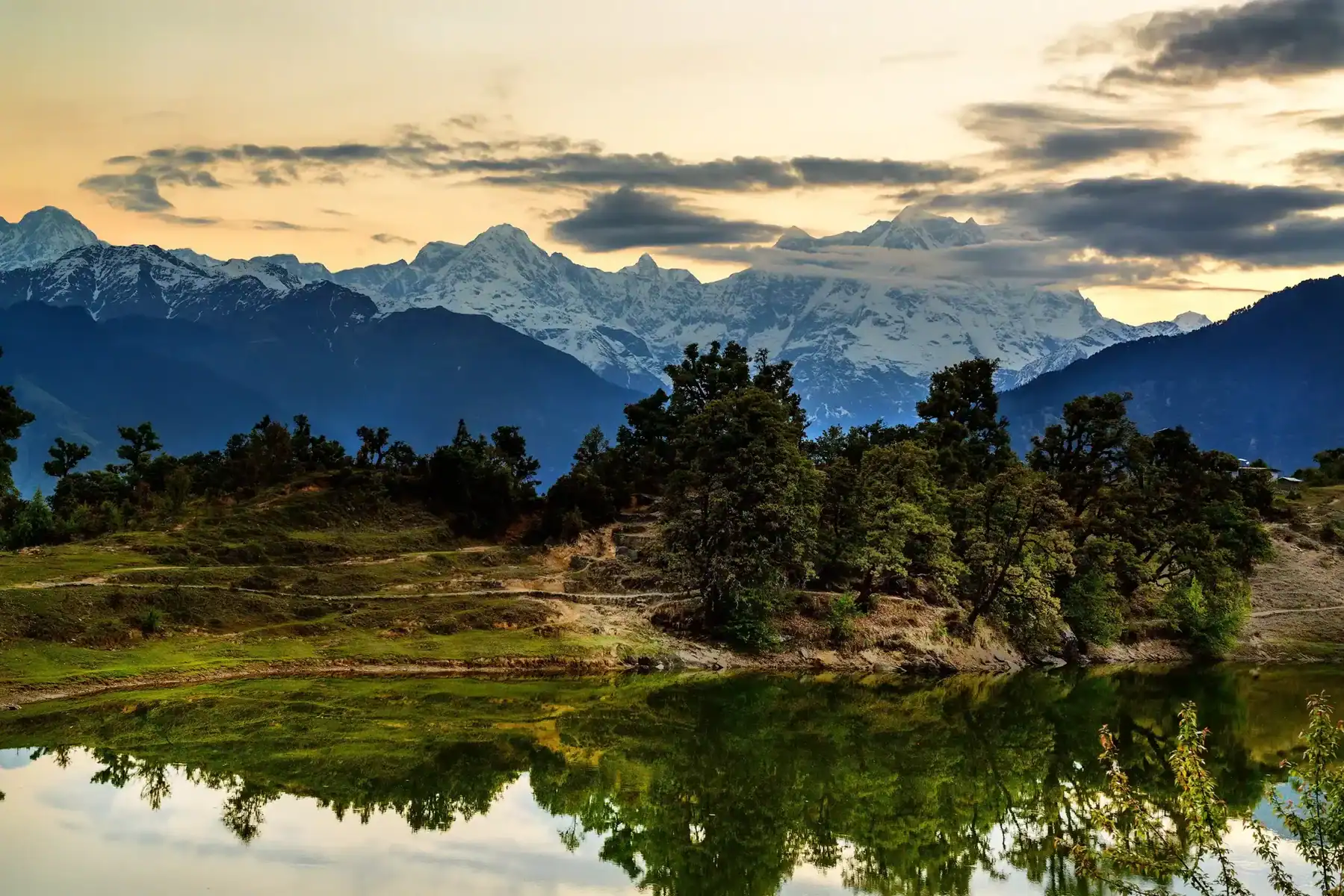Salher - Salota Fort Trek
Salher - Salota Fort Trek
Salher and Salota, positioned in the Selbari-Dolbari hill ranges near the Maharashtra-Gujarat boundary, are twin forts situated in the Baglan area of Nashik area, about 280 kilometers from Mumbai. Salher Peak, the 2nd highest possible top in Maharashtra, follows Kalsubai. Nonetheless, the Salher Fort is the greatest in Maharashtra, standing tall at 5,175 feet. These forts have a considerable historical history due to the Battle of Salher in 1672, where the Marathas arose triumphant versus the Mughals in the first-ever open-field fight.
These forts’ gigantic hillside real estate is divided by a col or a saddle, creating the most affordable factor on the mountain ridge between both peaks. Salher and Salota forts lie close to each other, supplying an exciting bird’s eyesight from the top of one fort to the other. Both forts still have residues of their historic relevance. The fish pond up of Salher fort and the holy place at its acme function as pointers of its marvelous past. Similarly, Salota fort flaunts a Lord Hanuman idolizer at its height.
In addition, en route to Salher fort, one can discover a collection of caverns lined up in a solitary line. The objective and passengers of these caverns remain a topic of conjecture. Despite their popularity, this trek remains fairly unidentified to most of Maharashtra’s populace, making it a suitable, unique experience for those looking for privacy.
The roomy top of Salher Fort gives a superb outdoor camping place for an overnight remain, complied with by a see to Salota Fort the following day. From the top, one can witness the extensive landscapes of Maharashtra and Gujarat in a breathtaking move. We suggest this trek for novice and intermediate travelers, as the trail mainly includes near-vertical climbs and descents with rock-cut actions to browse.
The Salher-Salota fort trek can be done from 2 various towns, Waghambe and Salher Wadi, both in the Satana taluka. While the trail from Waghambe is much shorter, the range from Salher Wadi is much longer. However, both paths assemble at the col.
Best Time to do Salher - Salota Fort Trek
The trek is ideal from October to February, as the post-monsoon and pre-summer periods use a pleasurable environment with minimal rains and modest temperature levels, making it excellent for a comfy two-day trek. It is not advised to trek throughout the downpour period because of the constant rainfalls and tough rock-cut actions, while the summertime period is ideal to stay clear of because of the scorching warmth and moisture.
Salher - Salota Fort Trek Itinerary From Mumbai
Day 01:
- Journey through a privately owned bus
- Arrive at the beginning of the village by 5 am.
- Enjoy a breakfast
- Commence walking toward Salher Ganga Sagar, leave your bags behind, and bring the canteen; then, trek to Salota and return.
- Lunch will indeed contain Thepla.
- Set up your outdoor tents.
- Dinner will undoubtedly be offered.
- Engage in video games, stargazing, bonfires, and card video games.
- Choose to rest or remain awake throughout the evening.
Day 02:
- 5:00 a.m. wake-up call for those considering checking out Parshuram Temple.
- Breakfast and leave your outdoor tents.
- Freshen up and appreciate the morning meal.
- Begin your descent to the base village.
- Lunchtime.
- Depart the base village by noon.
- The estimated arrival time at Dadar is 8:00 p.m., based on web traffic problems.
Salher - Salota Fort Trek Itinerary From Pune
Day 01:
- Journey by an exclusive bus.
- Arrive at the beginning factor by 5 am.
- Enjoy the morning meal.
- Begin the trek in the direction of Salher Ganga Sagar and leave your bags behind, just taking containers with you. After that, trek to Salota and return.
- Lunch will indeed contain Thepla.
- Set up your outdoor tents.
- Enjoy supper.
- Engage in tasks such as playing video games, stargazing, having a bonfire, and playing card games.
- Decide whether to rest or remain awake all evening.
Day 02:
- A wake-up call will undoubtedly be made at 5 am for those considering seeing the Parshuram holy place.
- Pack up your outdoor tents and appreciate the morning meal.
- Get all set and have a morning meal.
- Begin the descent back to the base village.
- Enjoy lunch.
- Depart from the base village by noon.
- Arrive in Pune by 9 p.m. (timing might differ depending on web traffic).
How to Reach Salher - Salota Fort Trek
To get to the Salher-Salota fort trek, which lies at the Maharashtra-Gujarat boundary, you can take a trip 280 kilometers from Mumbai or 110 kilometers from Nashik. The beginning factor of the trek is either Waghambe village or Salher Wadi village. Nevertheless, it is necessary to remember that a couple of buses are readily available to Salher Wadi village, so it is not suggested to count on public transportation. If you still need to get your lorry, staying clear of beginning the trek from Salher Wadi village is best. Suppose you are taking a trip from Mumbai utilizing public transportation. In that case, you can take the initial Mumbai regional train from Chhatrapati Shivaji Terminus to Kasara, which leaves at 04:05 a.m. and comes at 06:52 a.m. From Kasara, you can take numerous buses or shared taxis to Nashik, which takes about 1.5 hours. The price for state transportation buses and shared taxis is around Rs.70 – Rs.80. In Nashik, you can capture a bus to Taharabad or Satana from the Old CBS bus terminal. The trip from Nashik to Taharabad takes around 3 hours, and the ticket costs around Rs.150.
Nearby Places to Visit after Salher - Salota Fort Trek
After finishing the Salher – Salota Fort trek, there are numerous neighboring areas that you can go to. These areas include Mulher, Mora, and Hargad, which project forts in the Dolbari hill variety. This trek alone can take 2-3 days to finish. Another alternative is to see the Mangi Tungi Hills, a twin-pinnacle optimal with a plateau in between. Situated in Taharabad, 125 kilometers from Nashik, this hill holds excellent spiritual importance for Jains and draws in numerous explorers.
Dates For Upcoming Treks
Want To Trek Like Pro?
Basically, watch these videos if you want to trek the same way professional trekkers do and make your skills better. These videos contain useful tips and techniques to further improve your trekking skills itself. These videos actually help both new and experienced trekkers improve their trekking skills. These videos definitely provide useful tips that make your trek better. We are seeing that these videos by Trekup India experts will only help you make your trekking skills better.
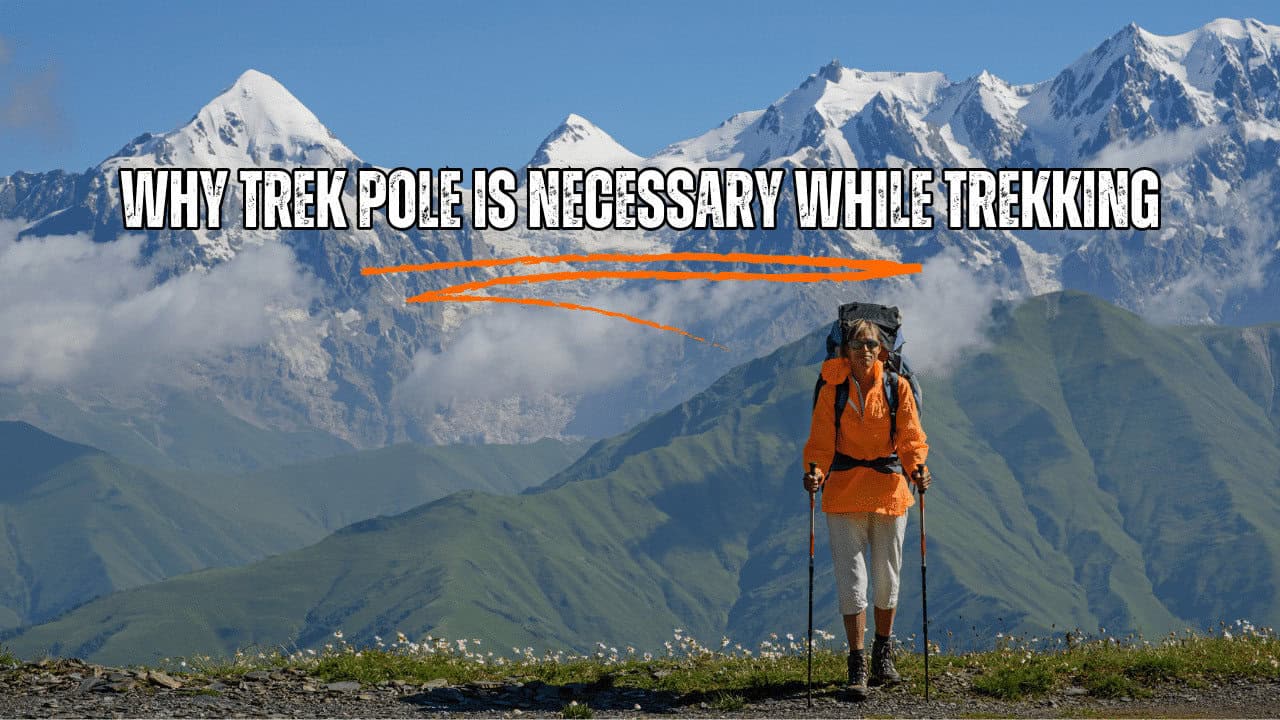
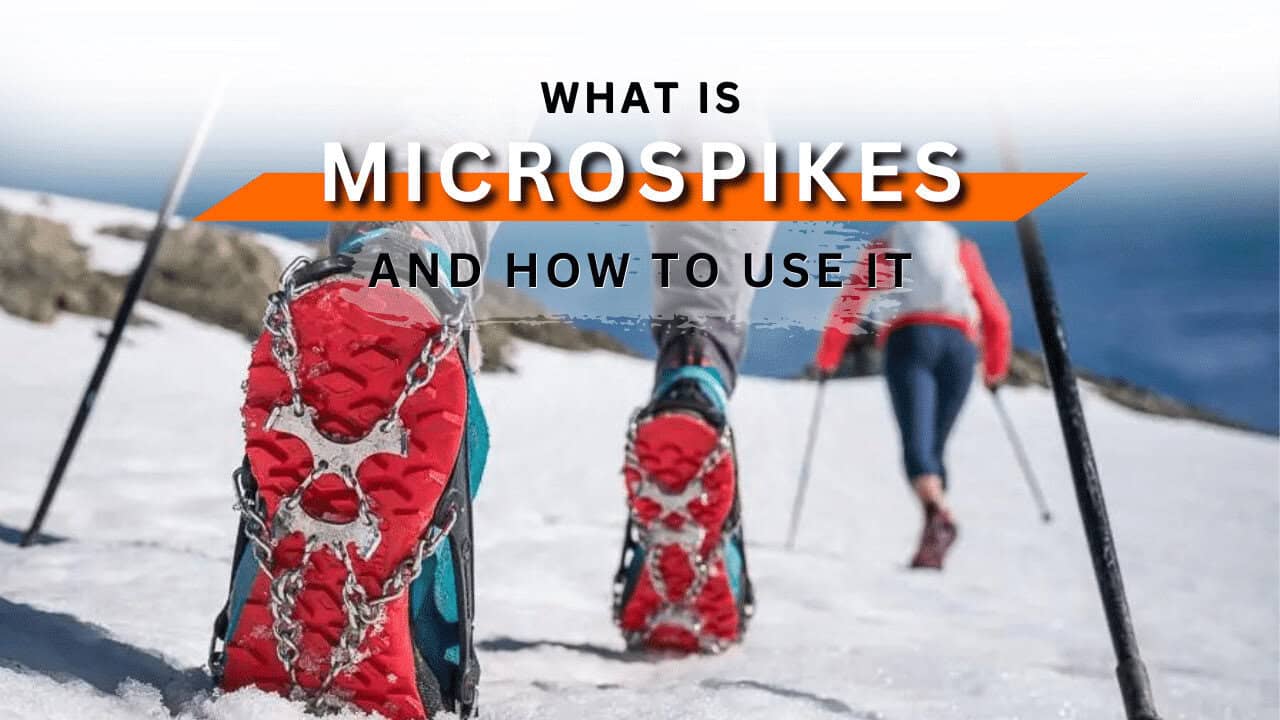
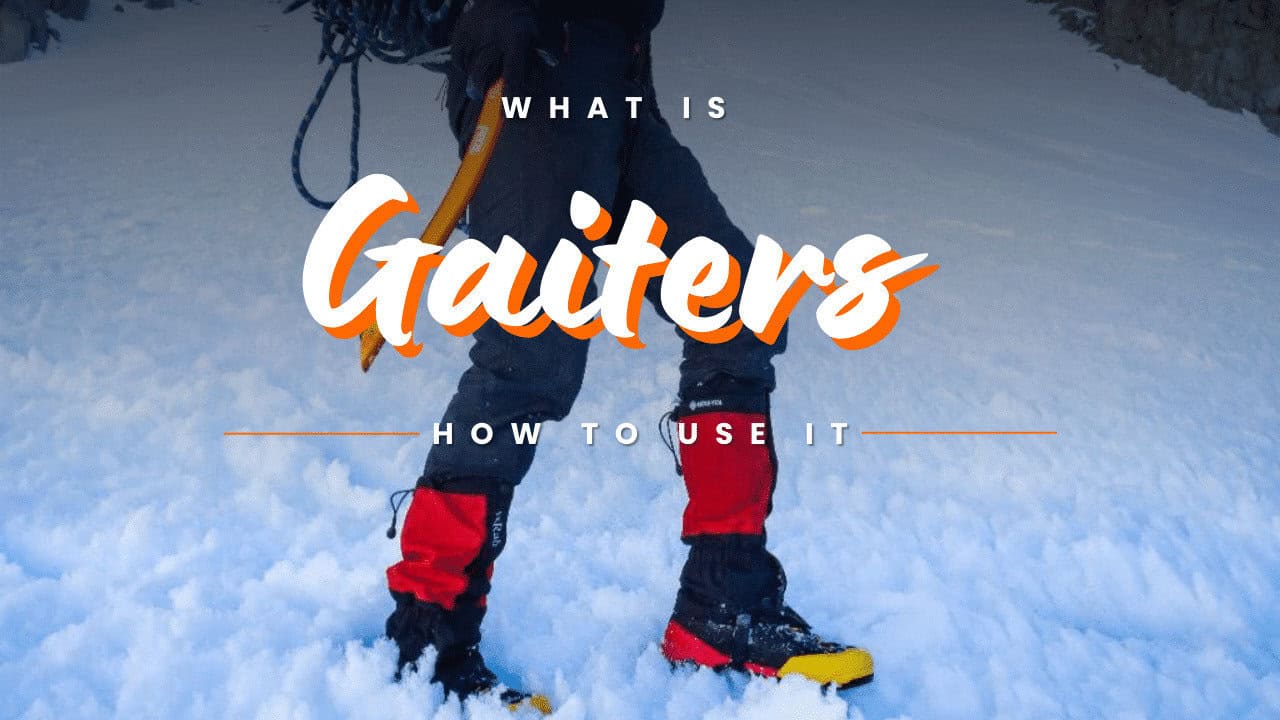
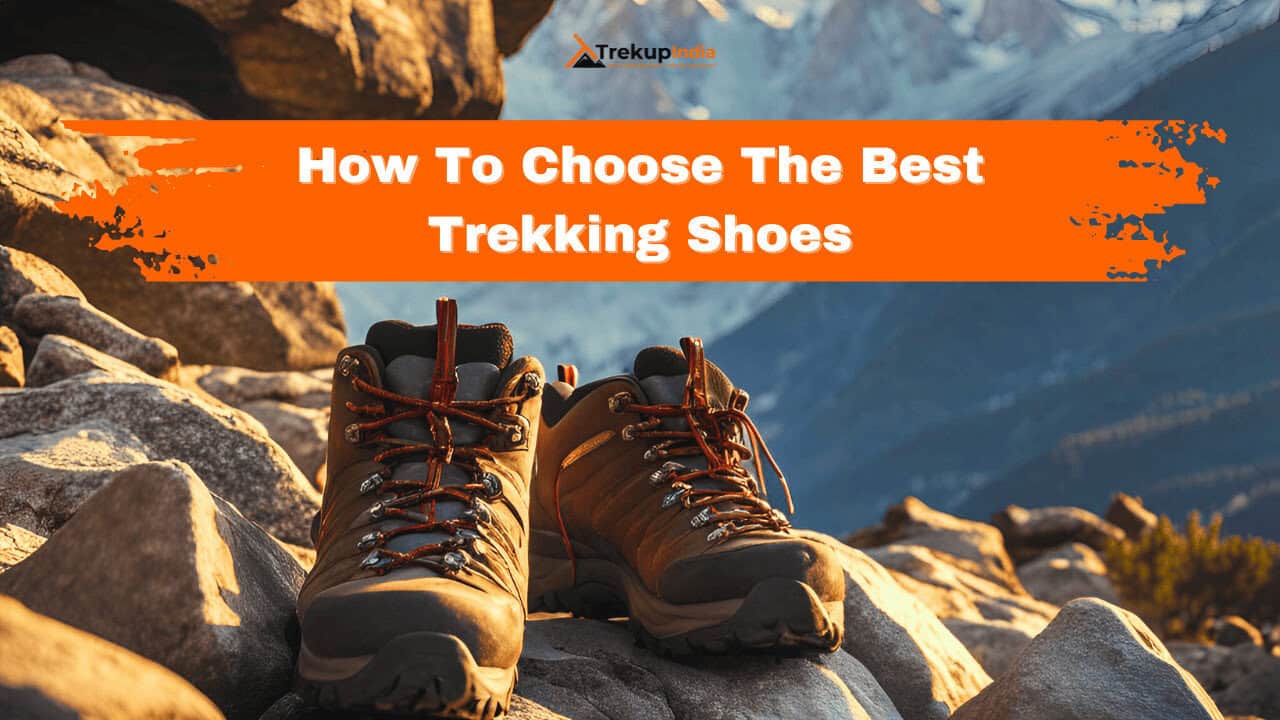
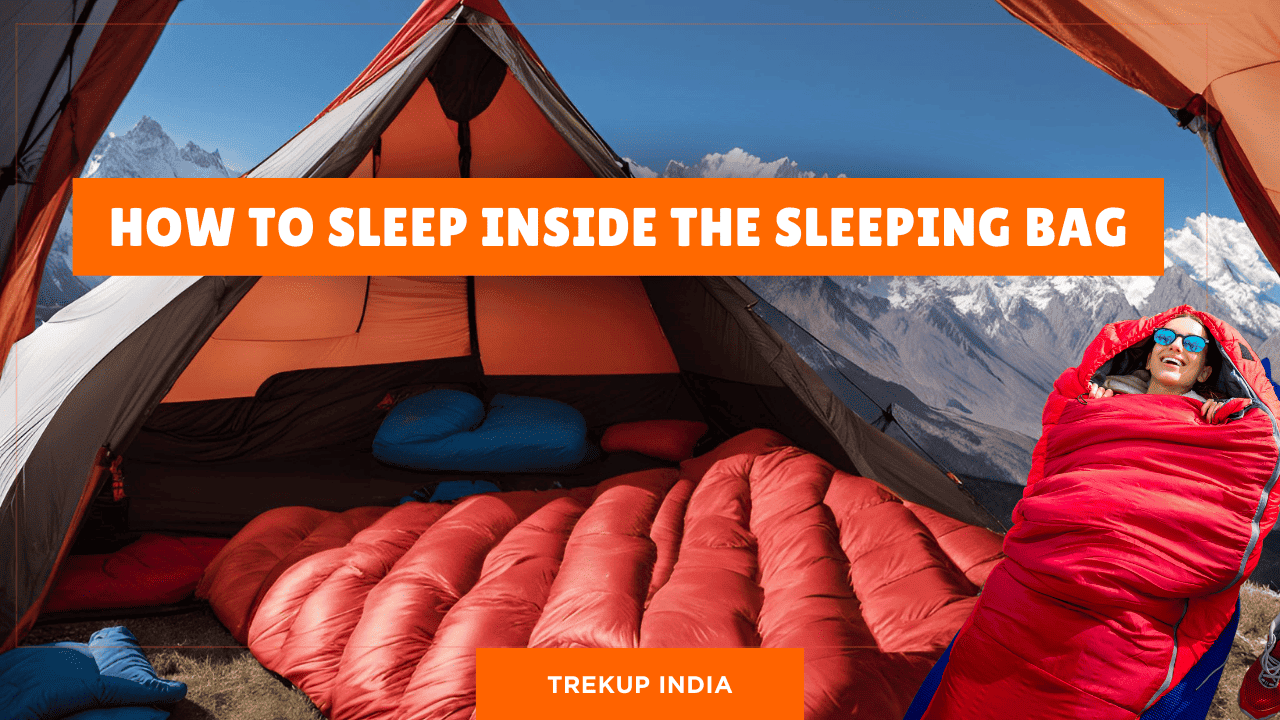
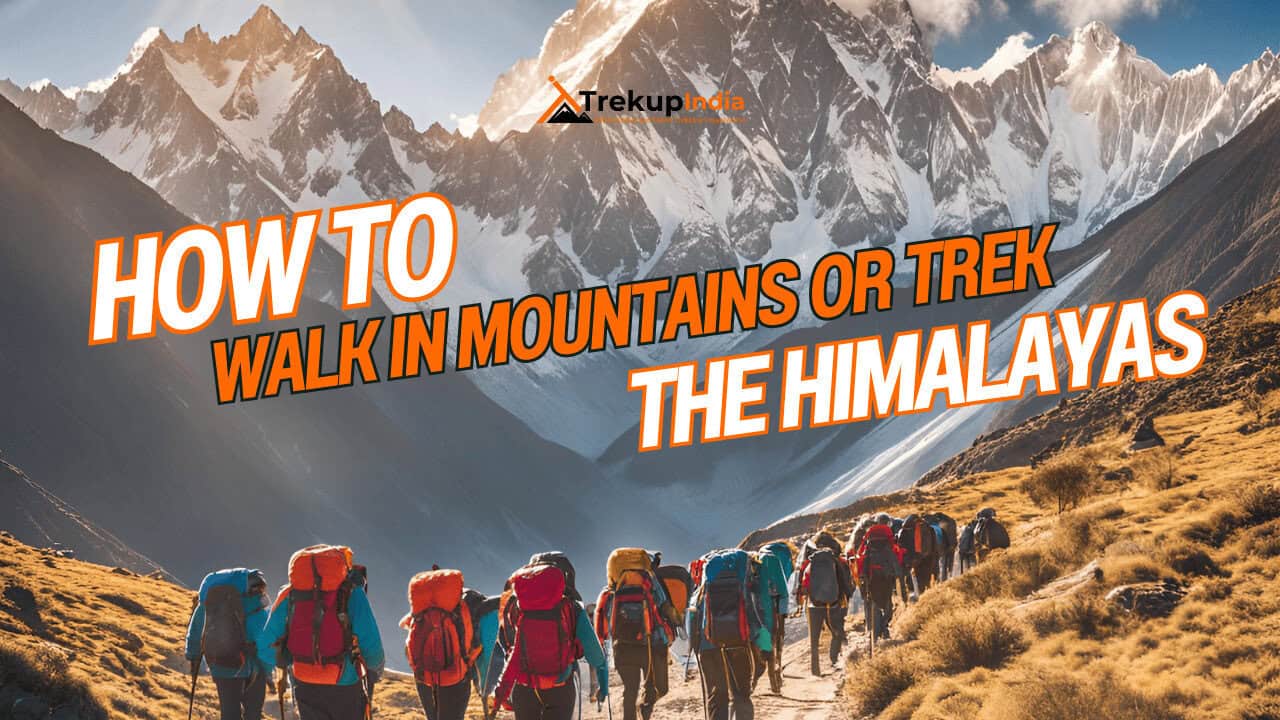
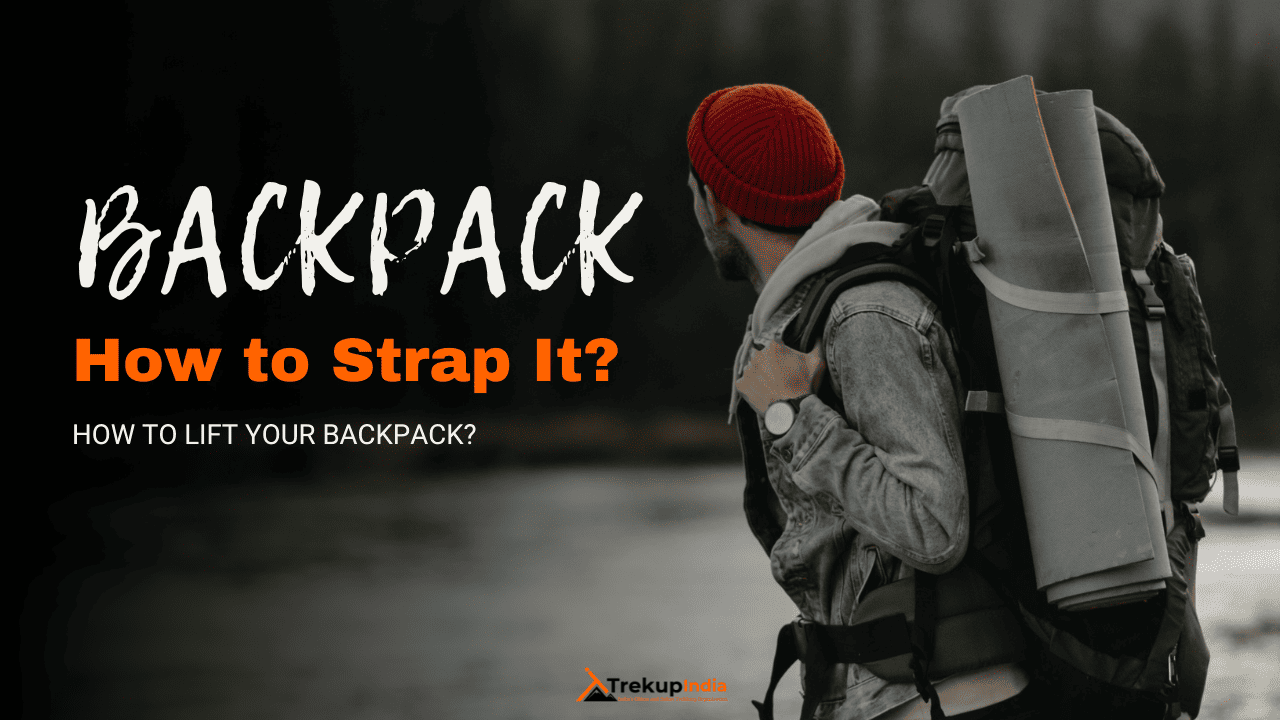
Know Everything About Acute Mountain Sickness
Acute Mountain Sickness occurs when people trek to high altitudes above 8,000 feet. This condition itself develops further due to reduced oxygen levels at such heights. Basically, as you go higher up, the air pressure and oxygen levels decrease, which causes the same problem. Acute Mountain Sickness surely causes headache, nausea, vomiting, and dizziness in affected persons. Moreover, peoples also experience difficulty in sleeping during this condition. To avoid mountain sickness, you should actually trek up slowly to higher altitudes. To learn further about this condition itself, watch the videos by Trekup India.
